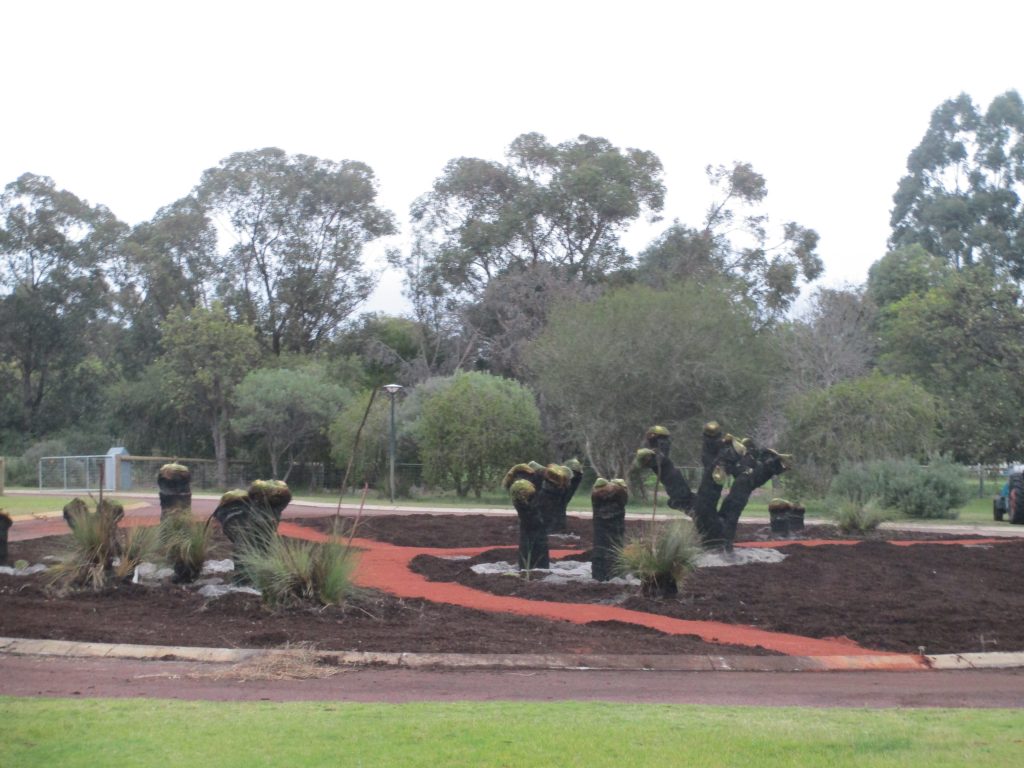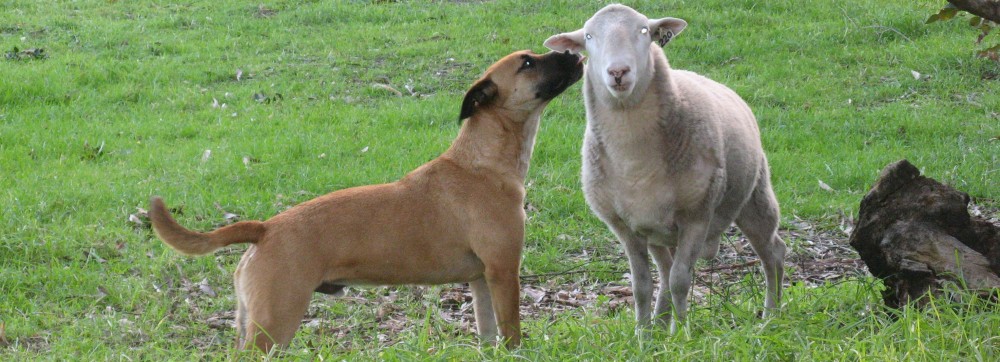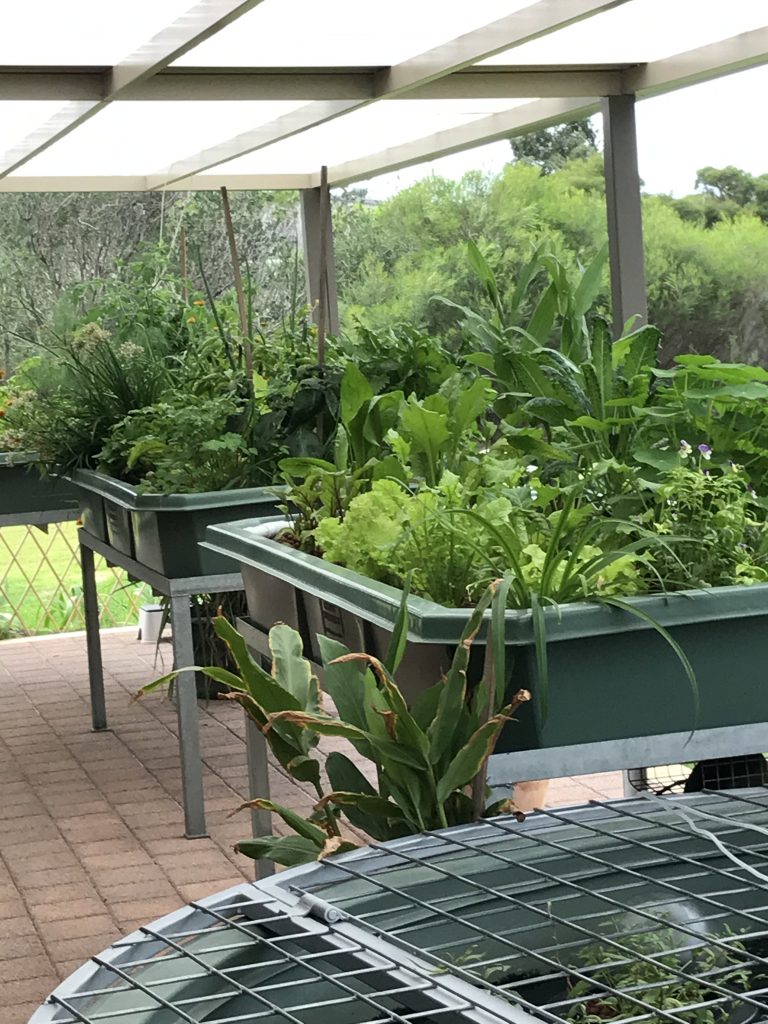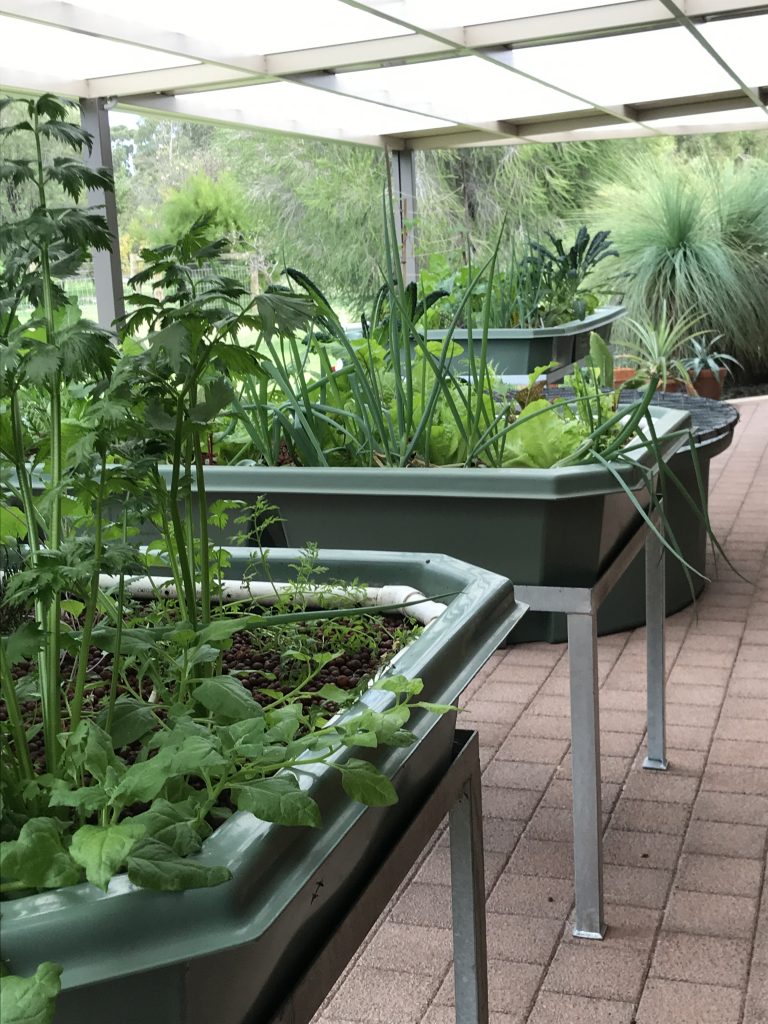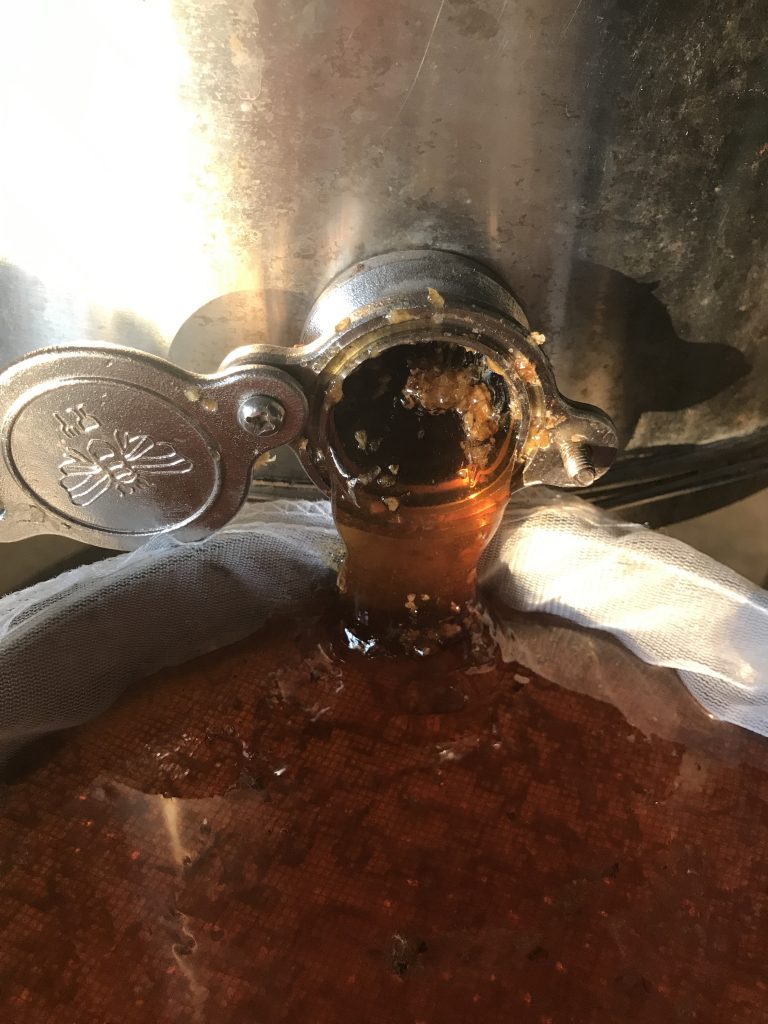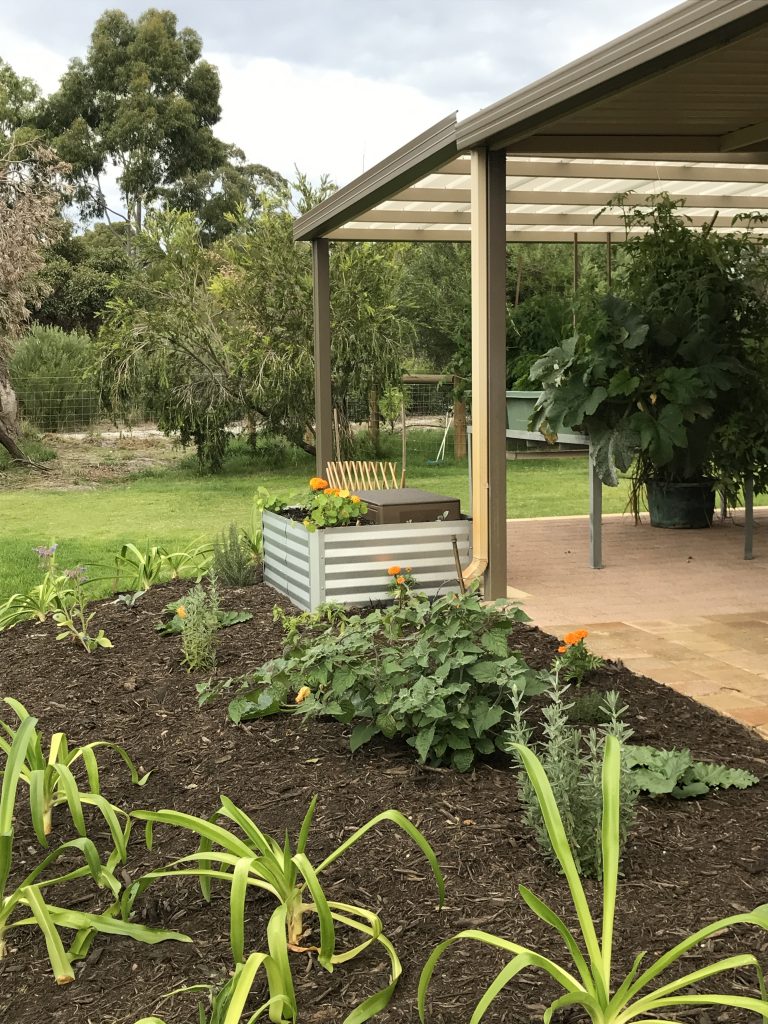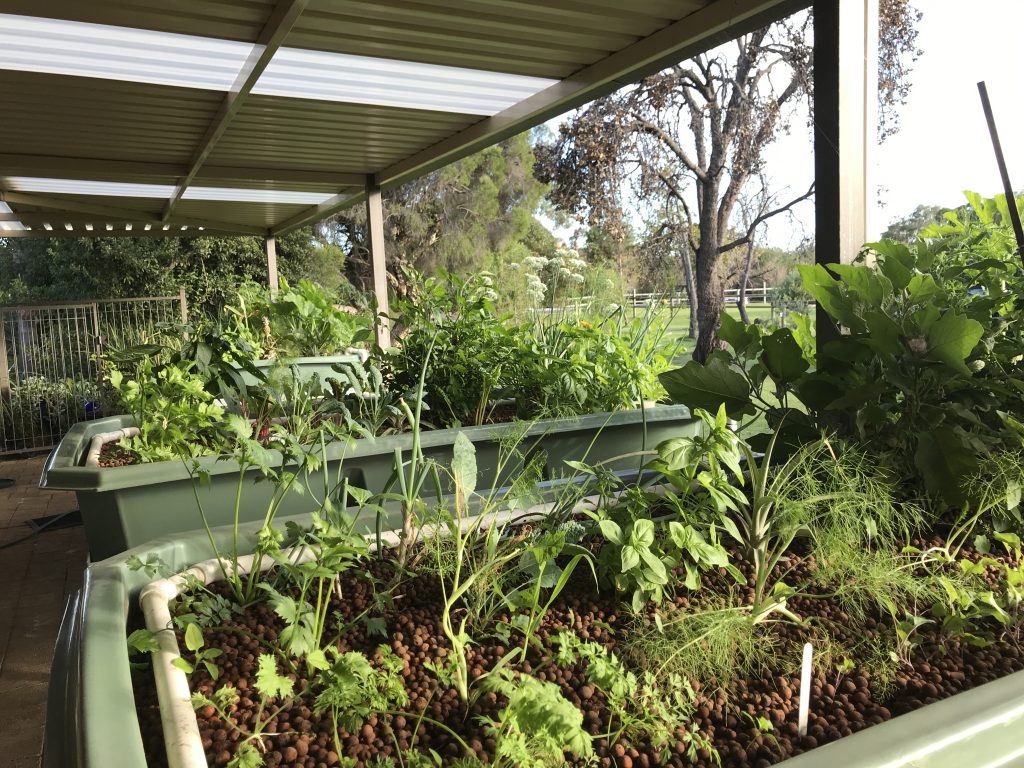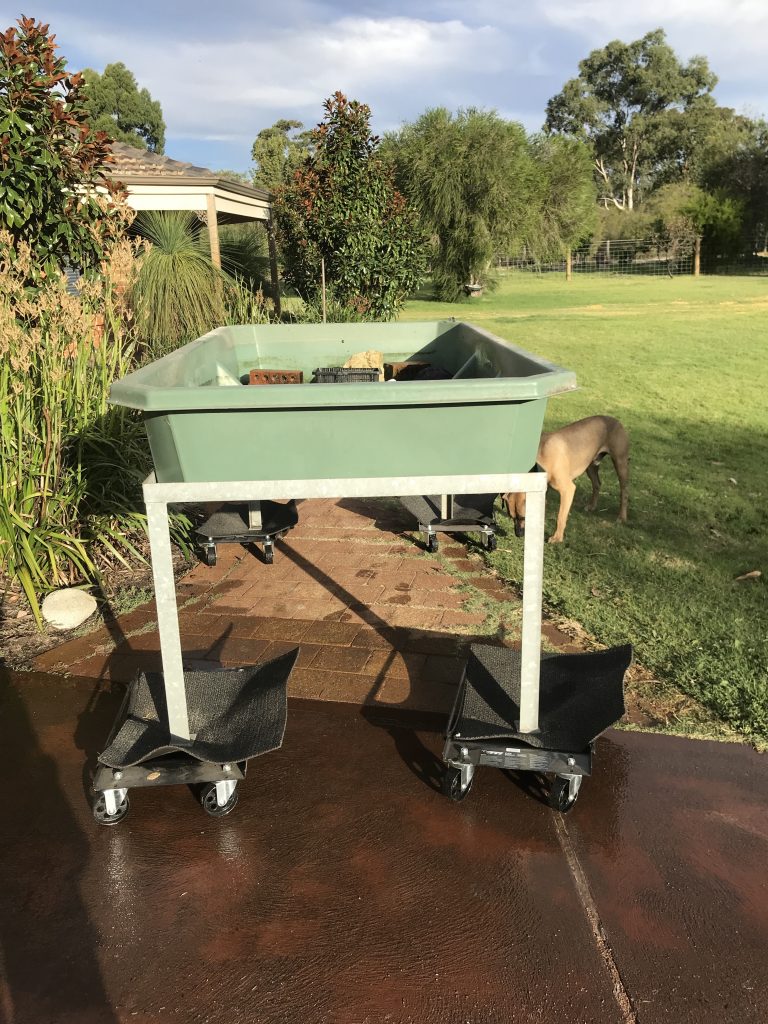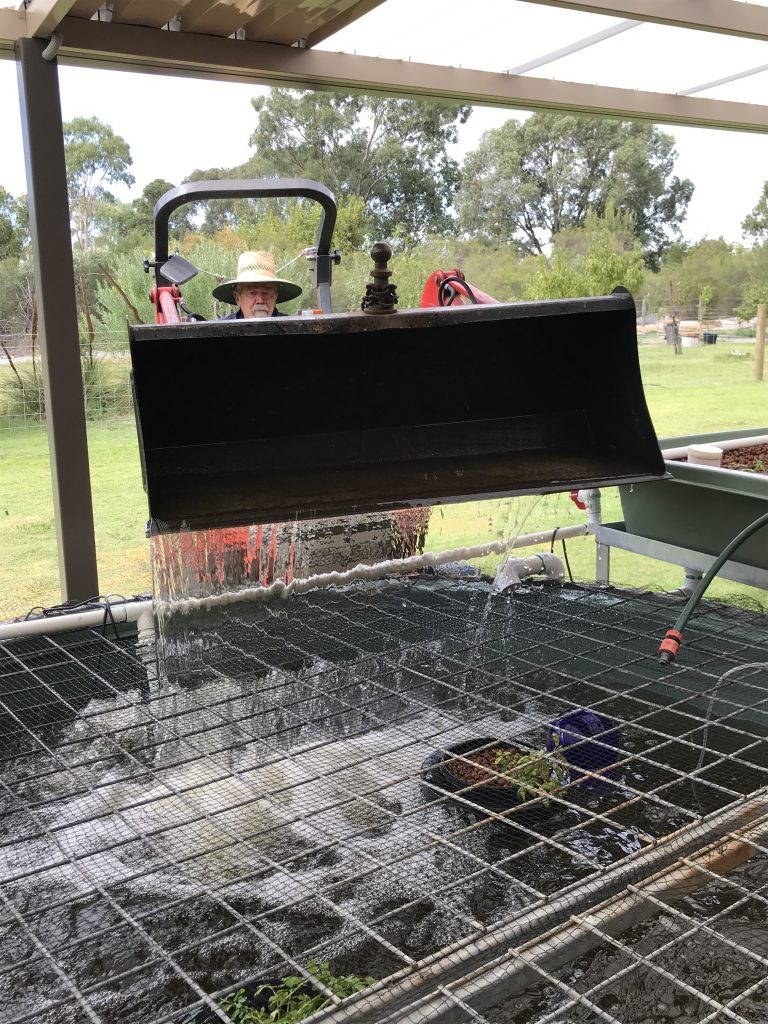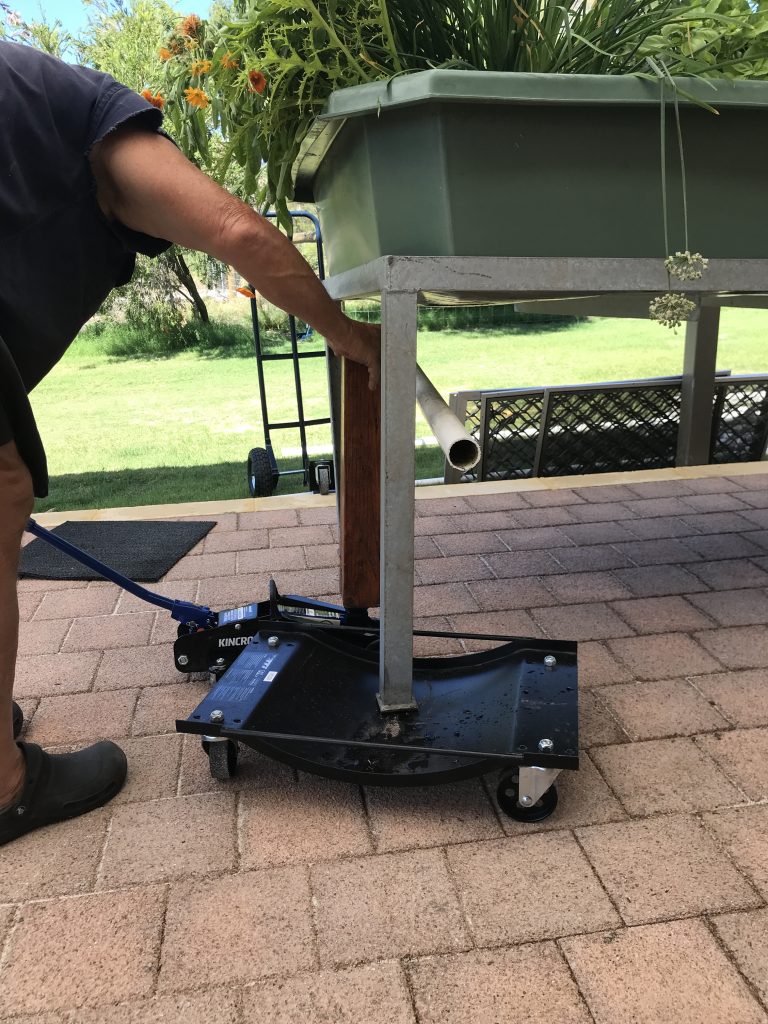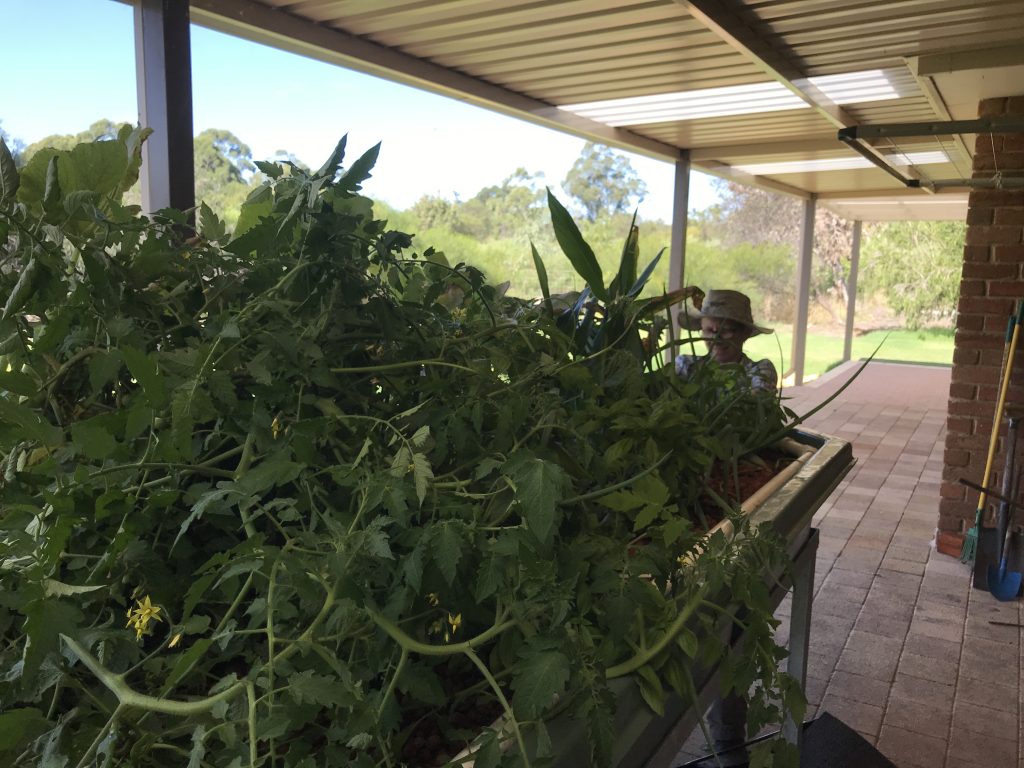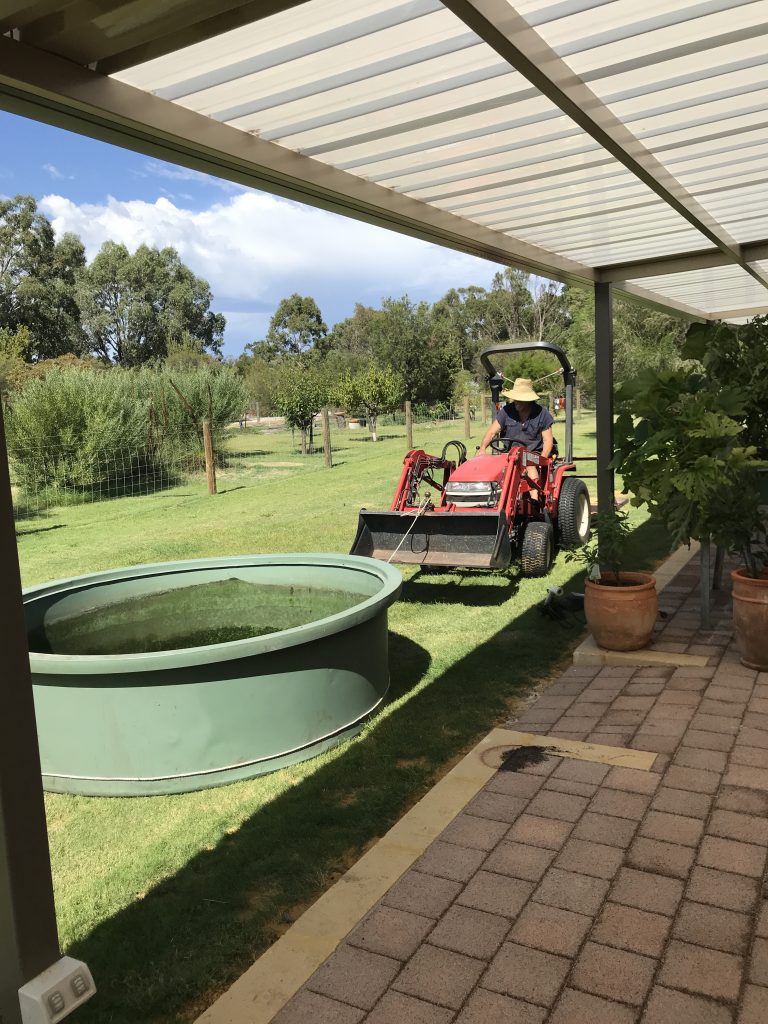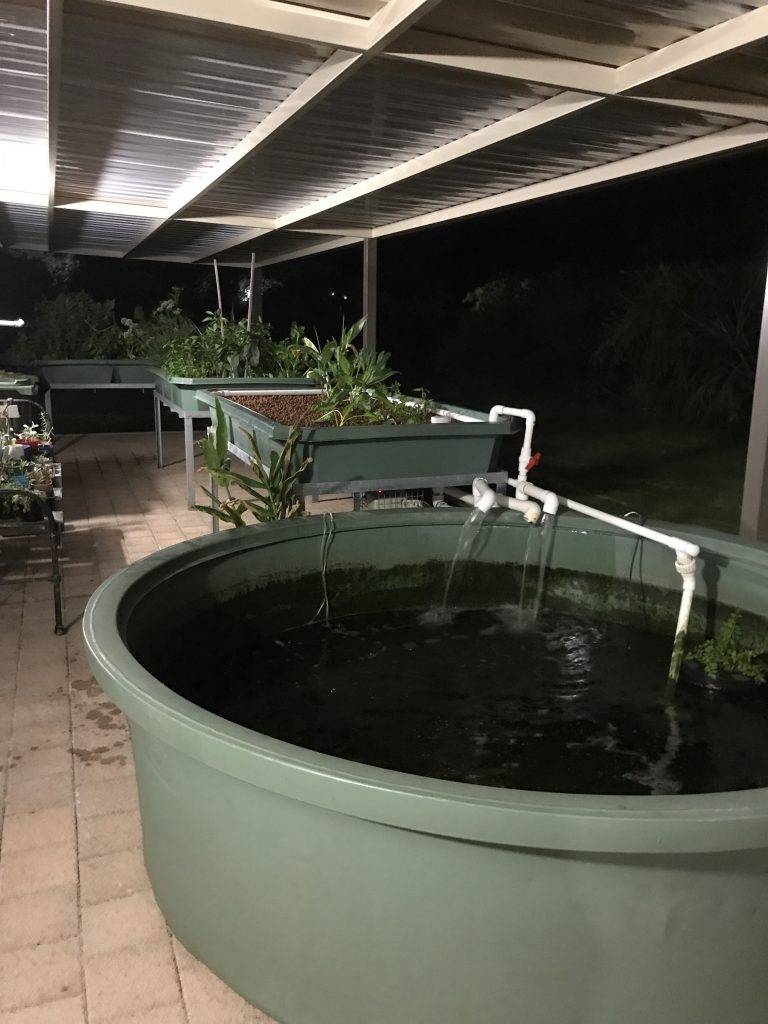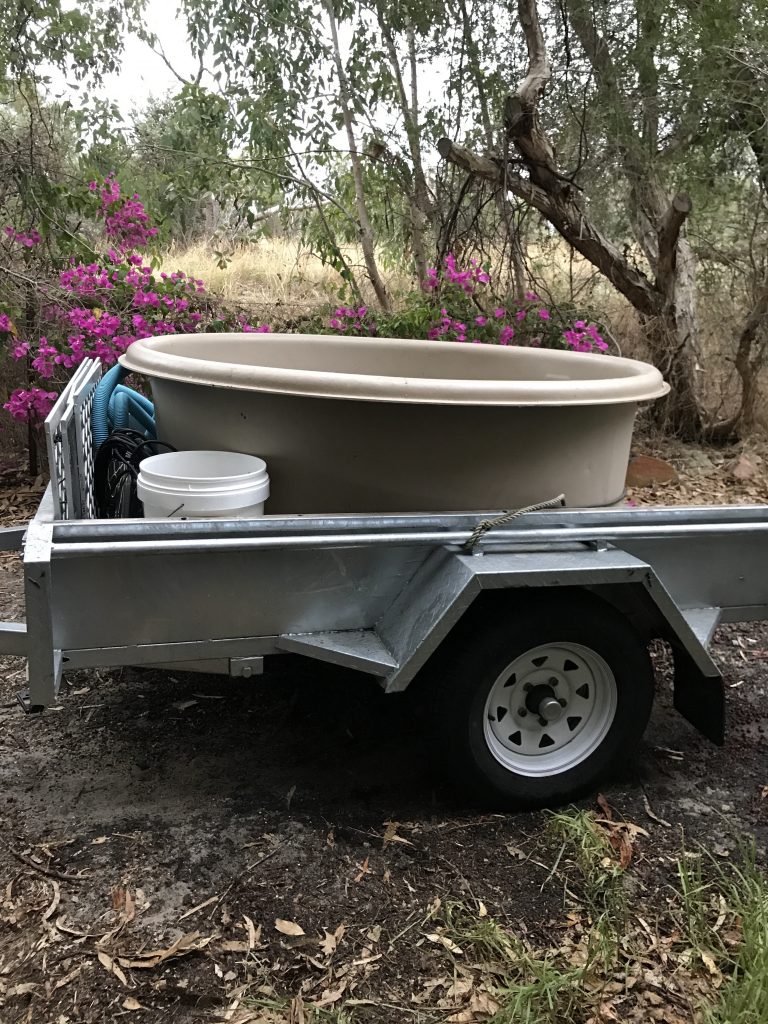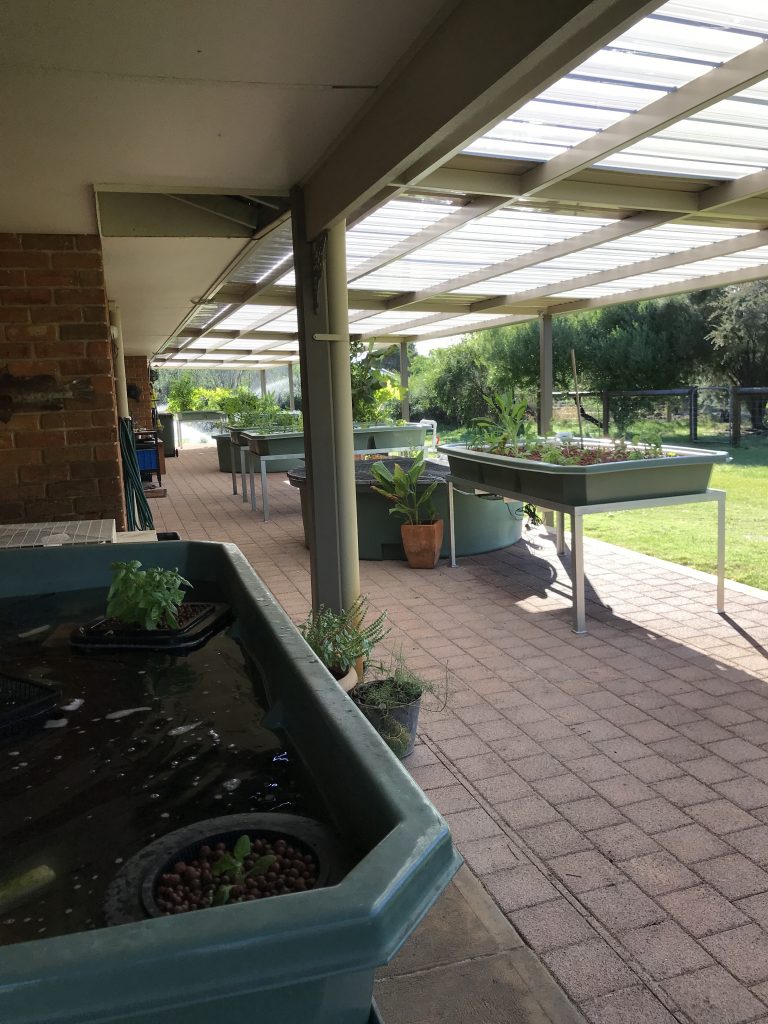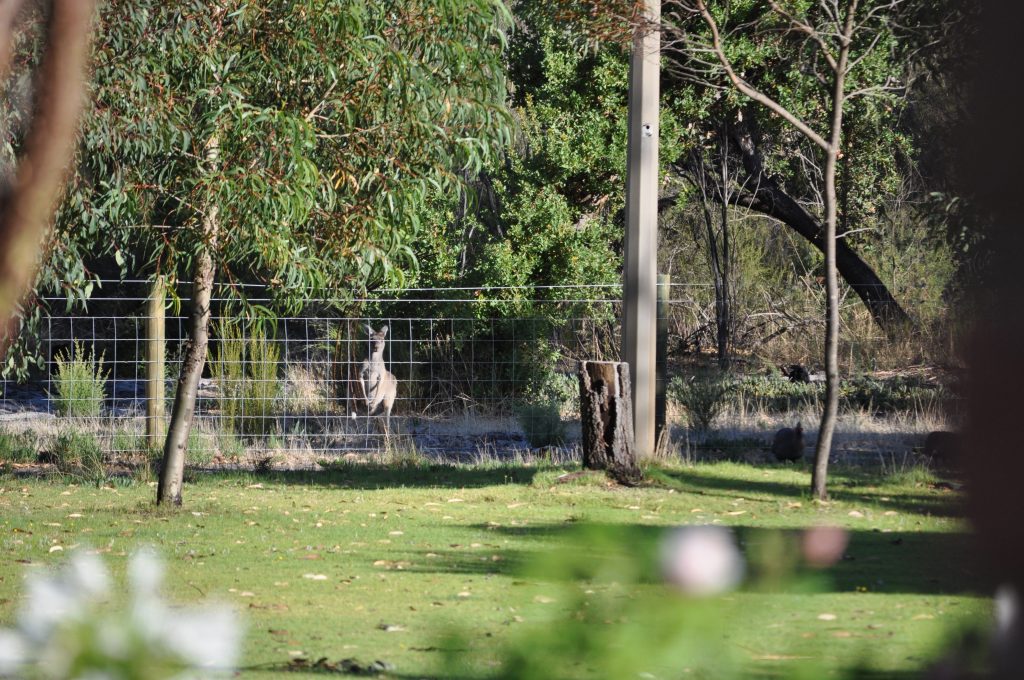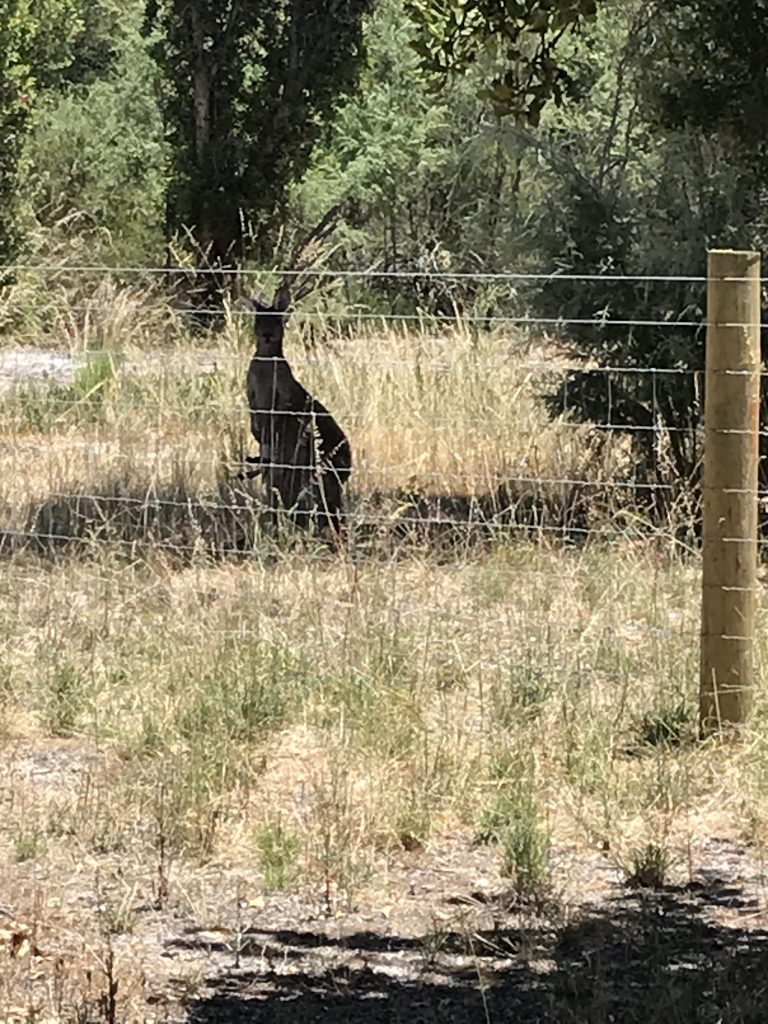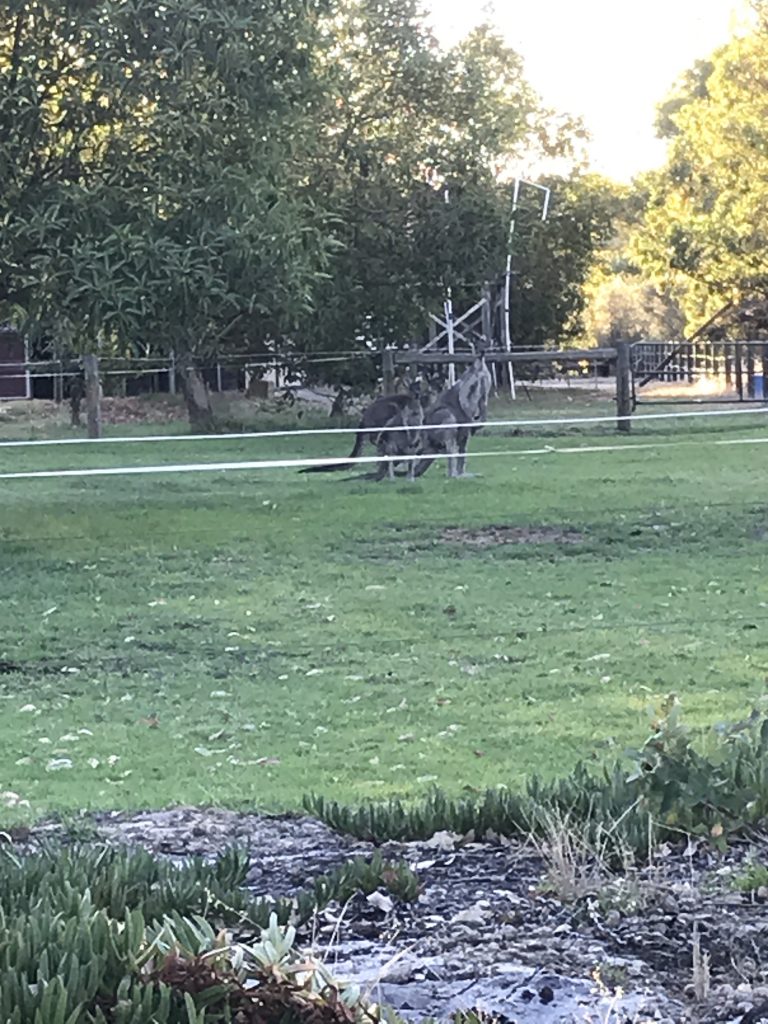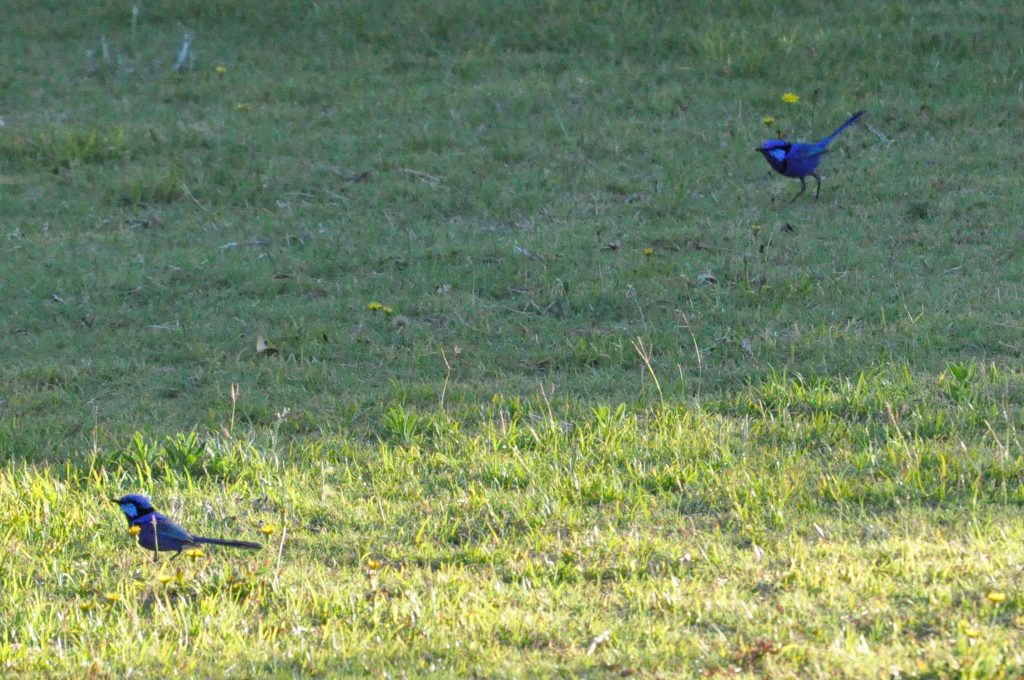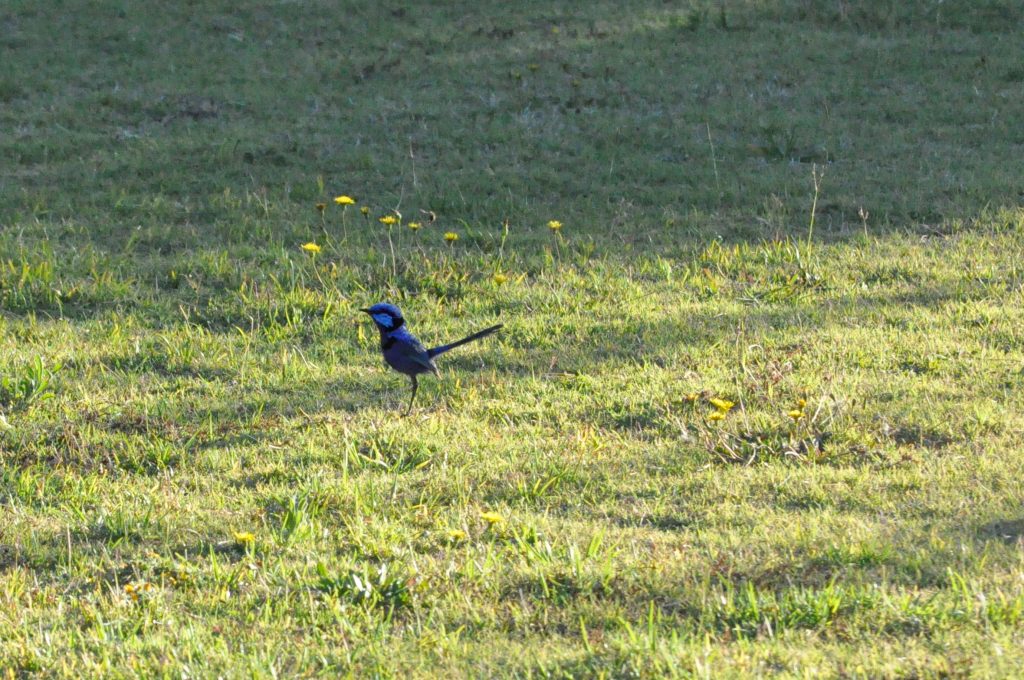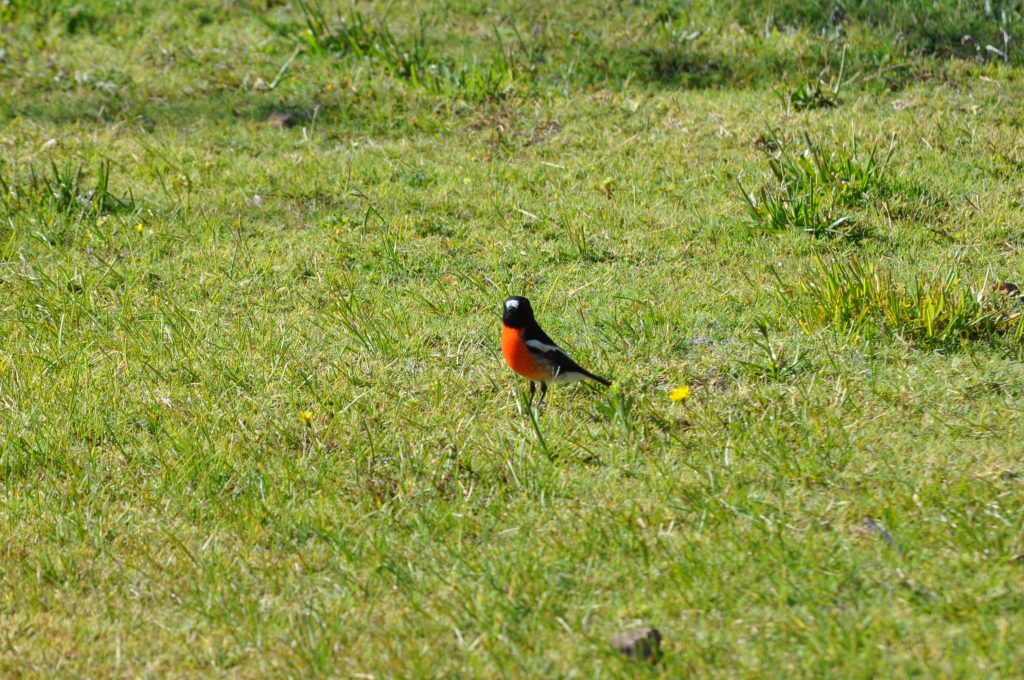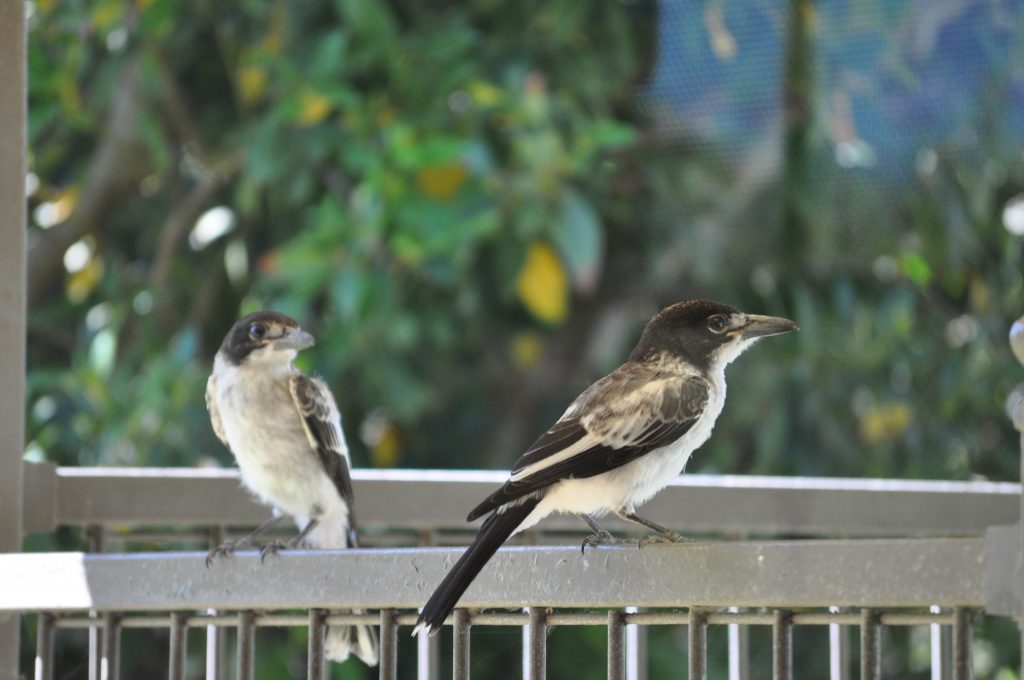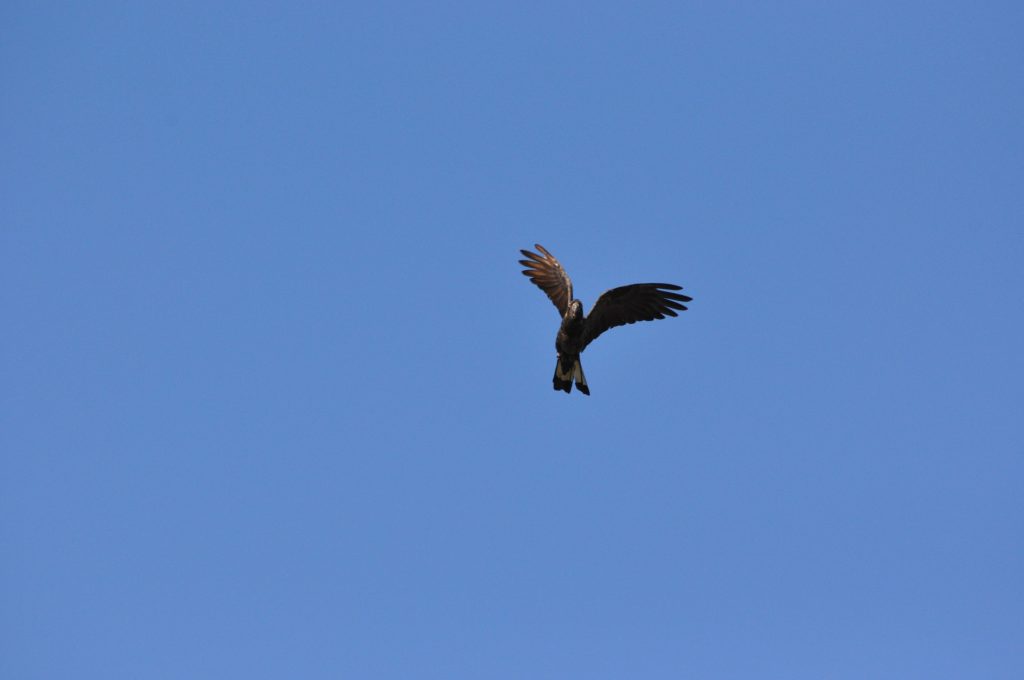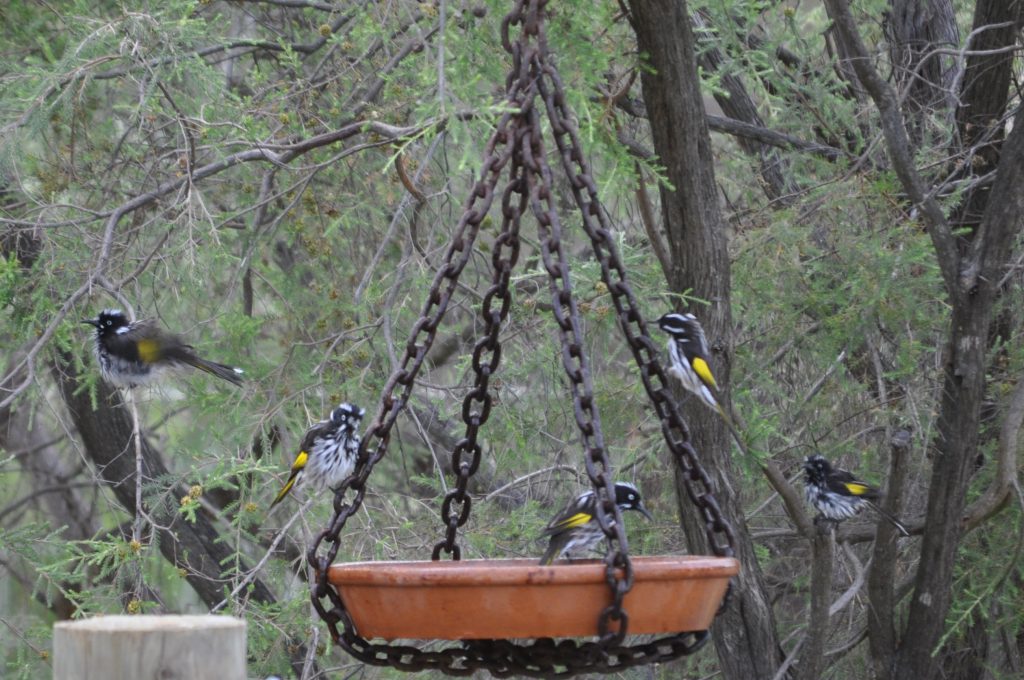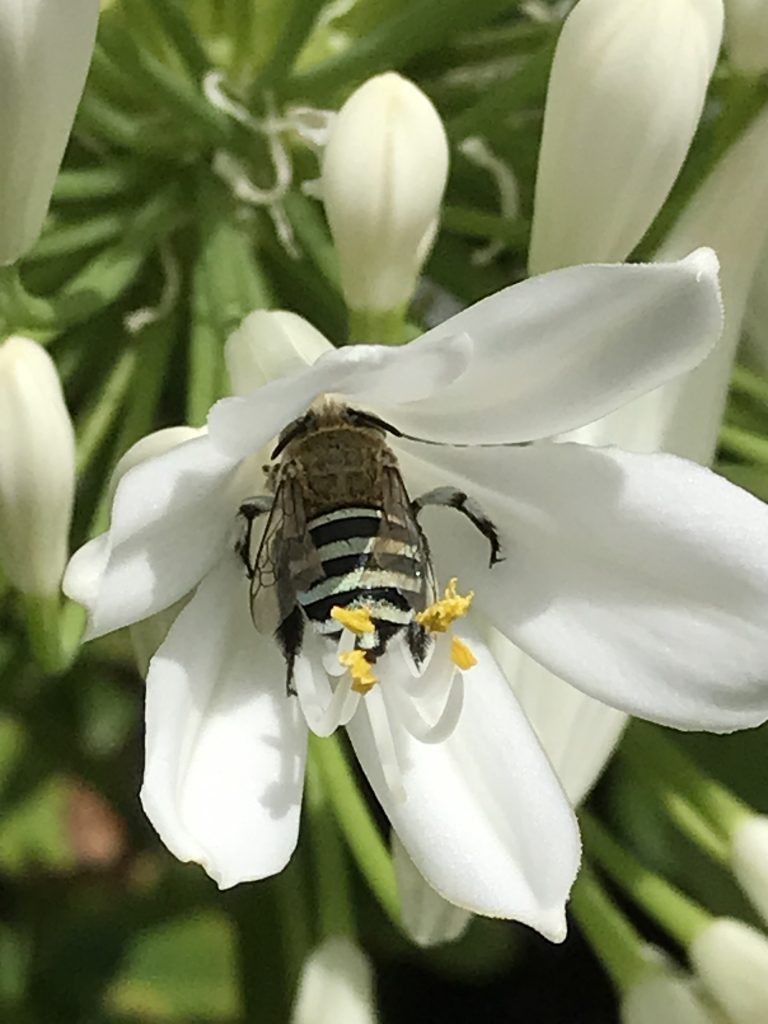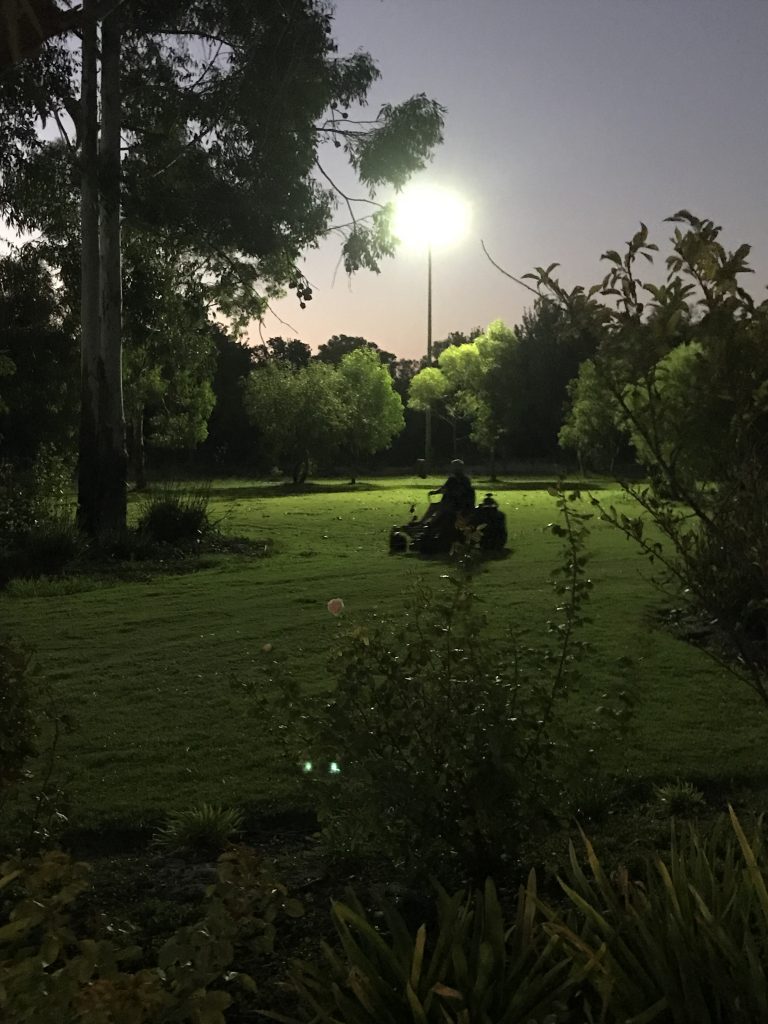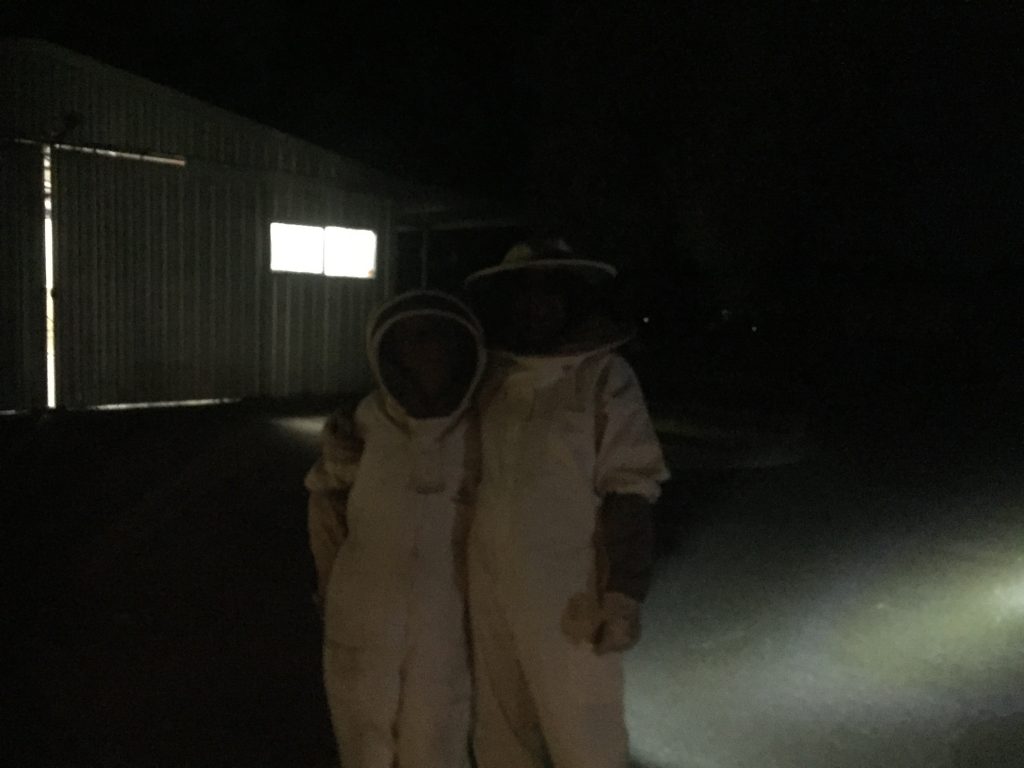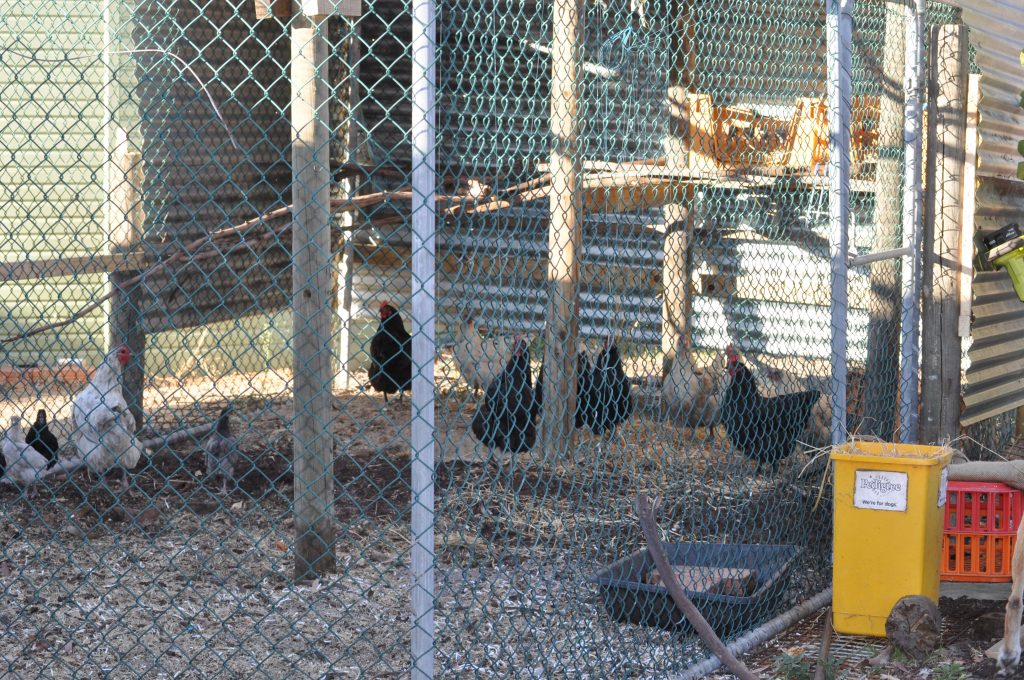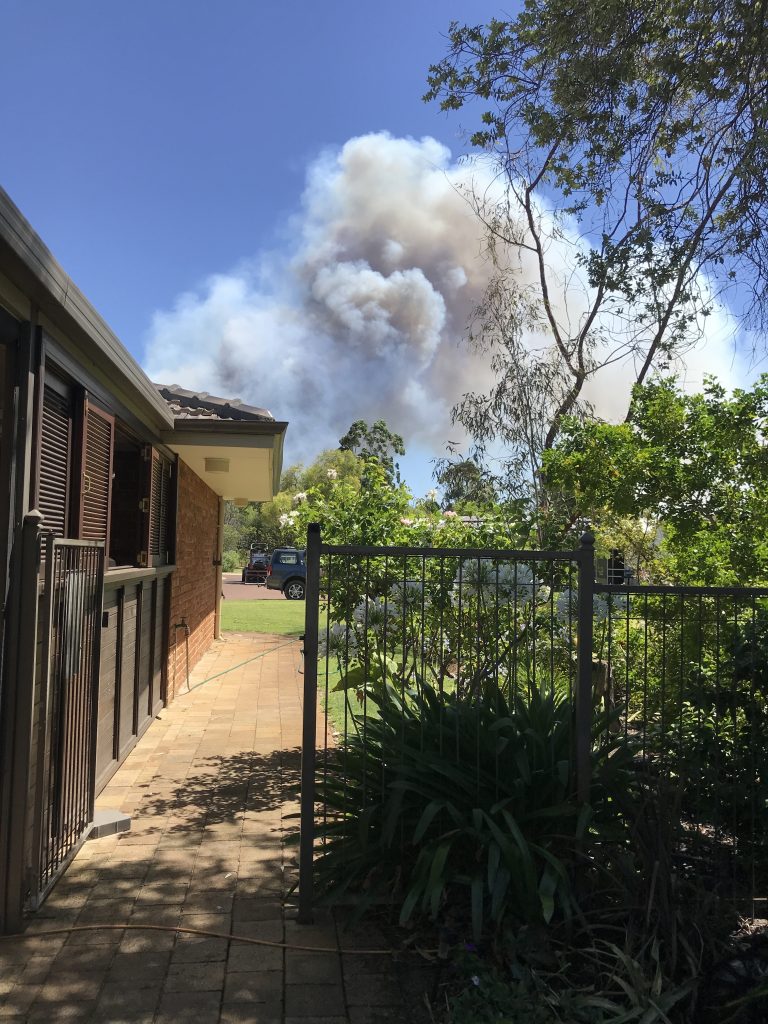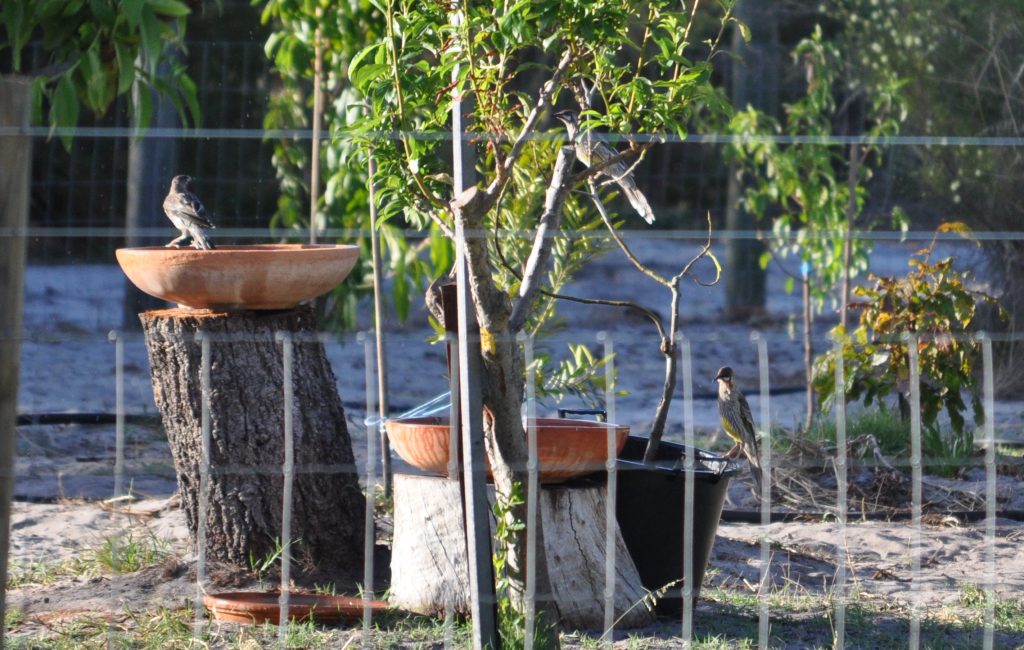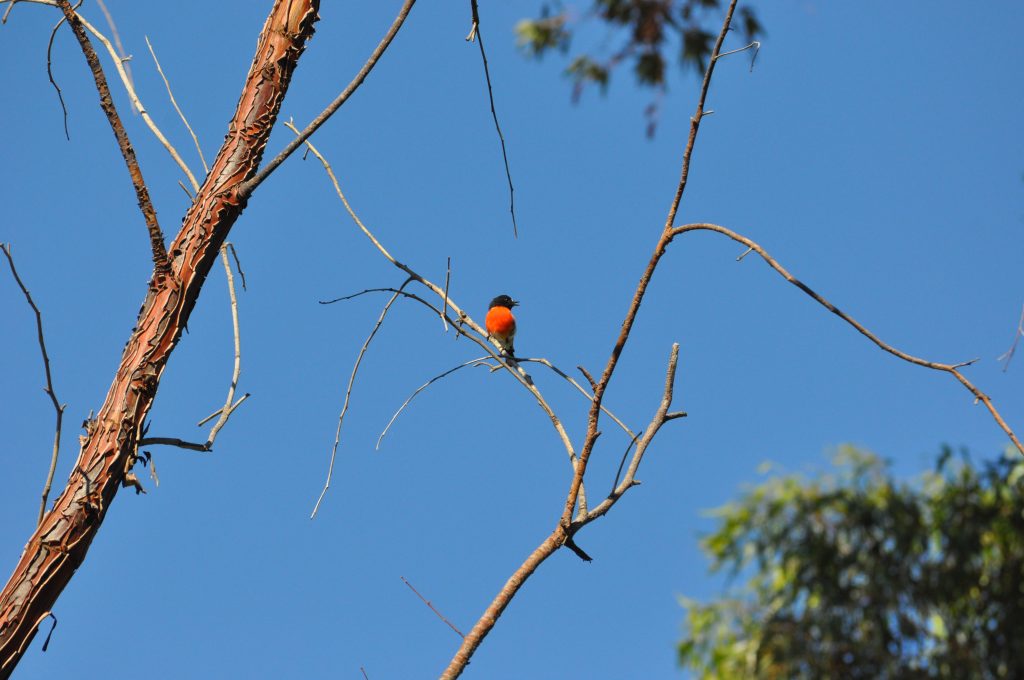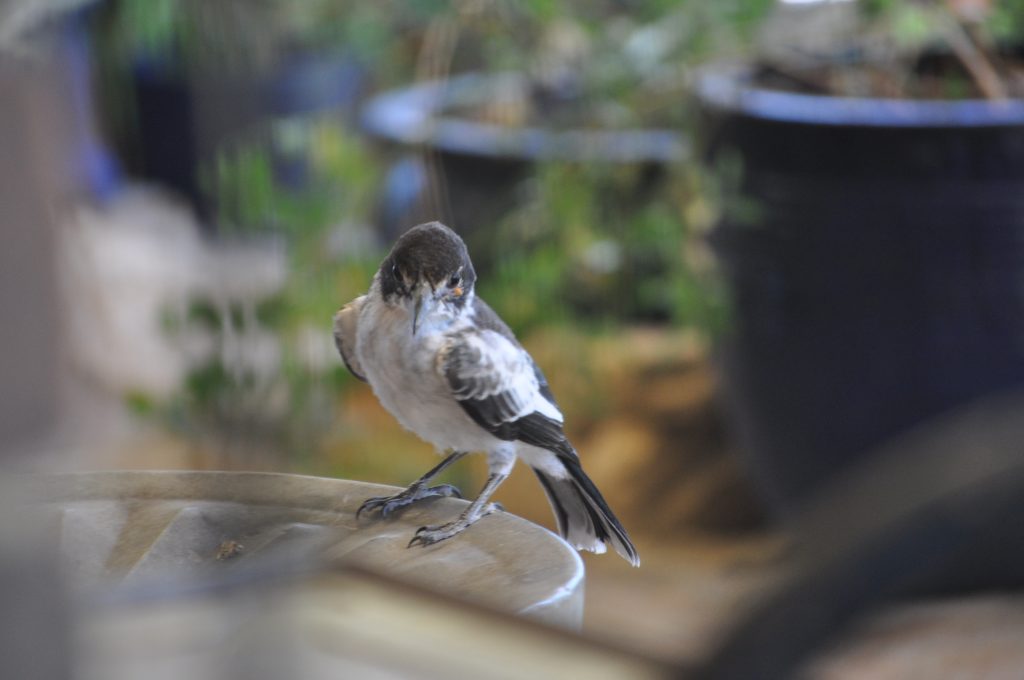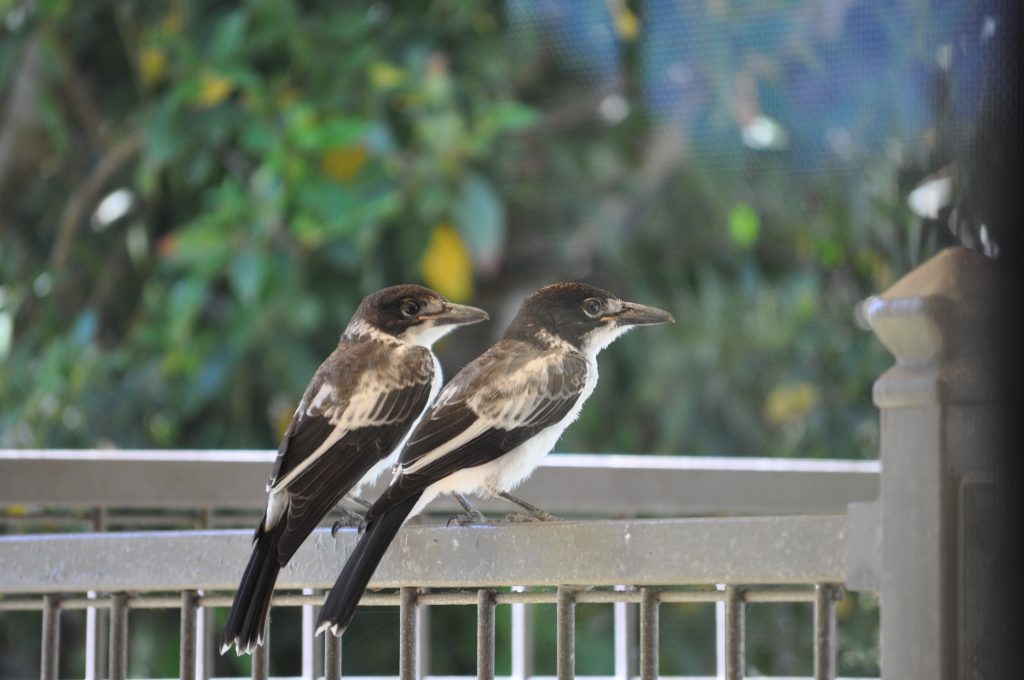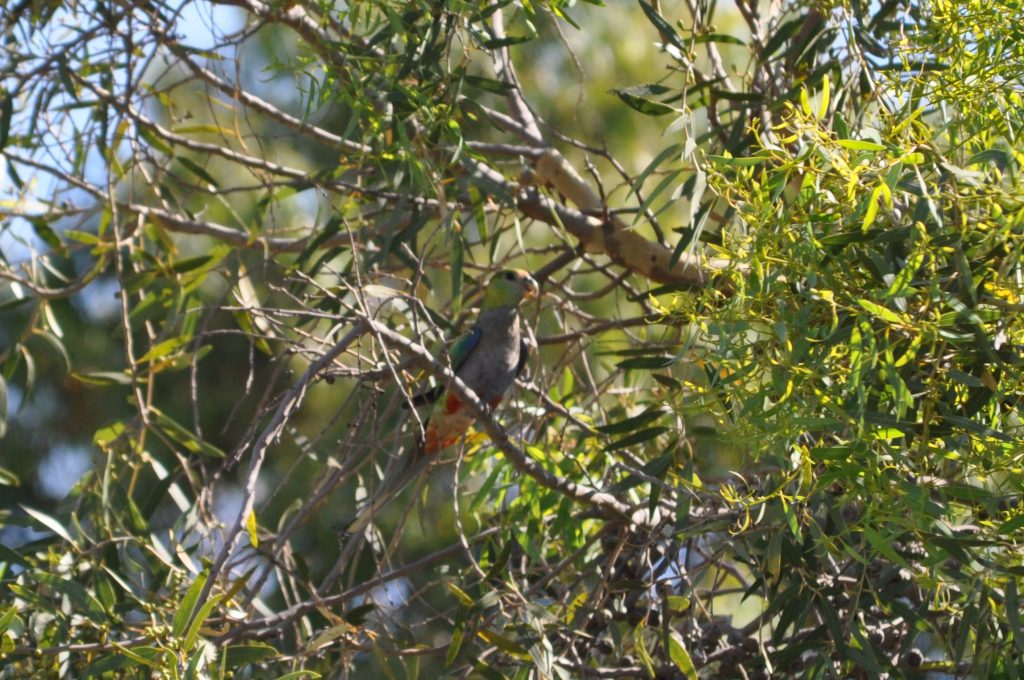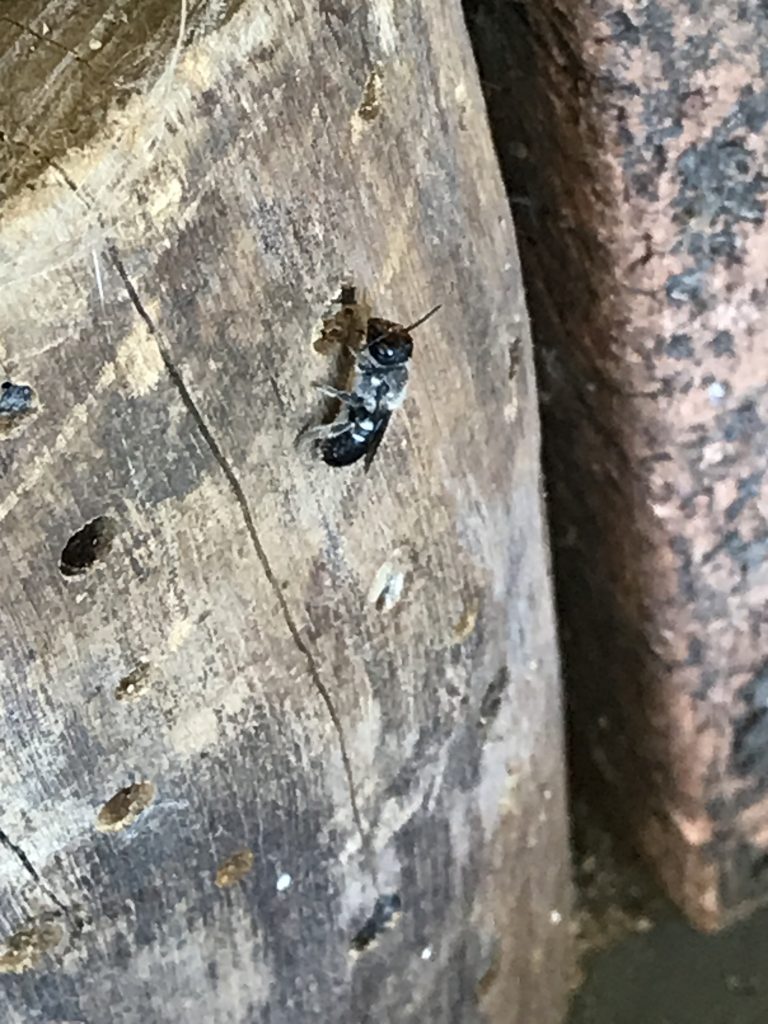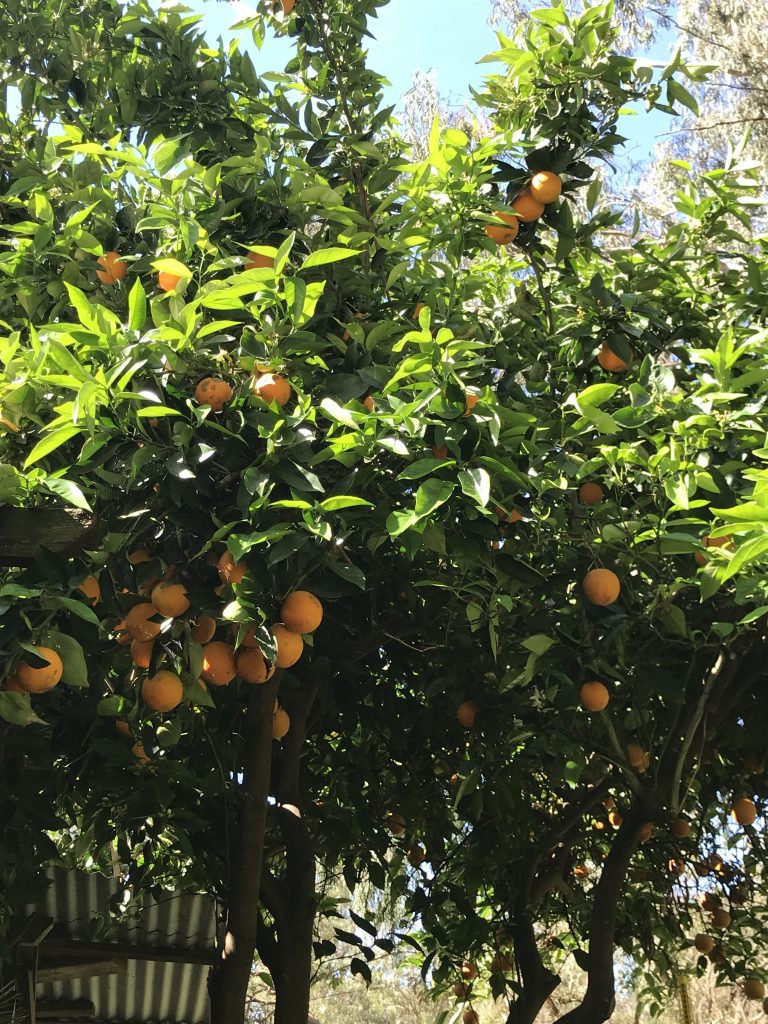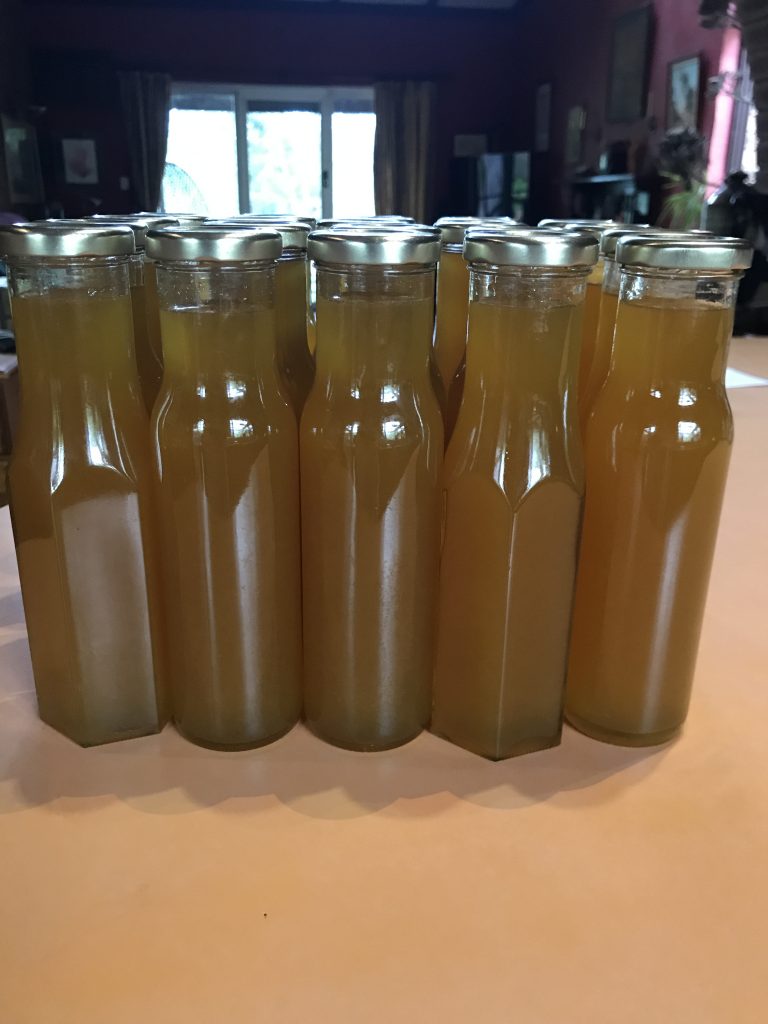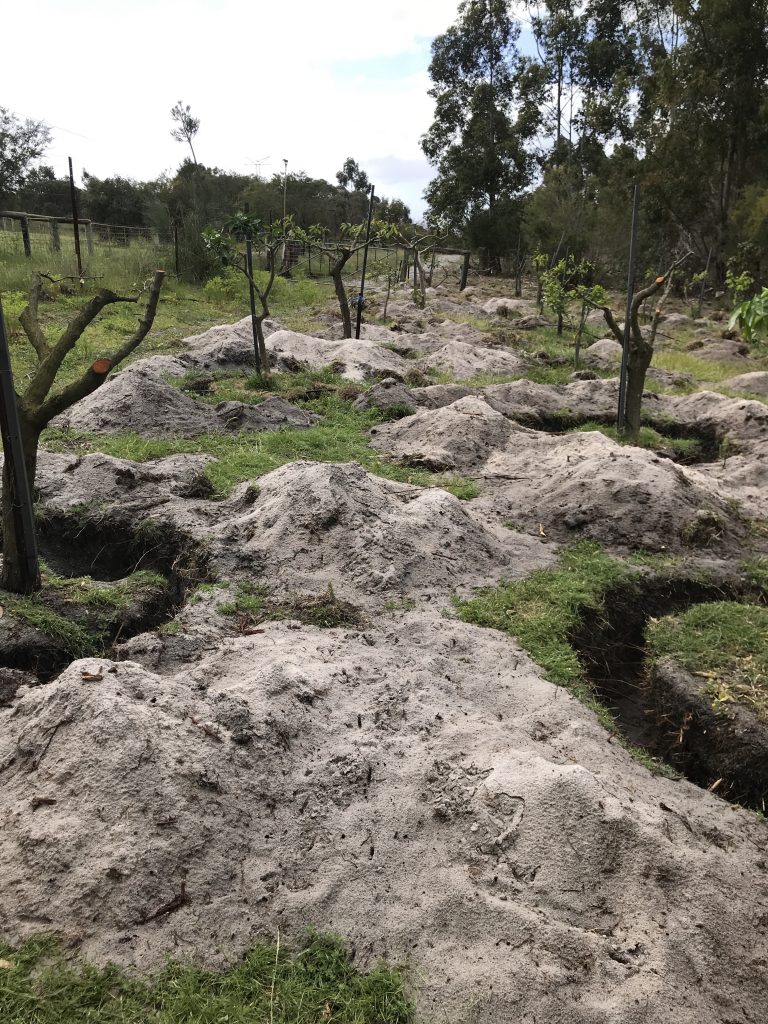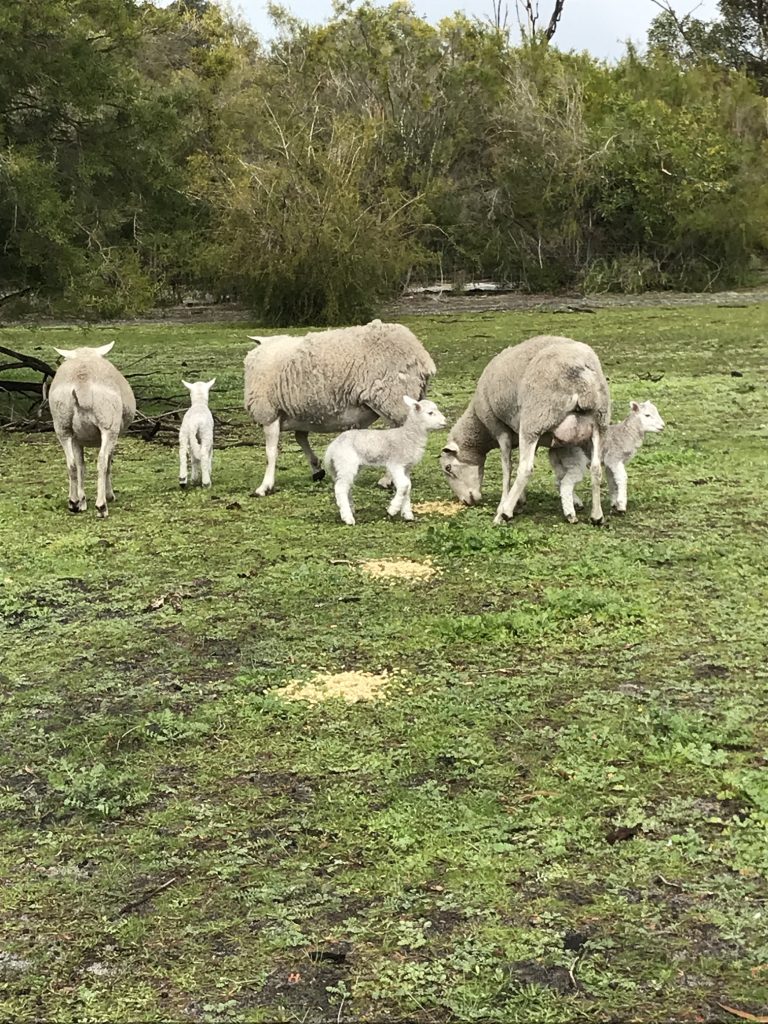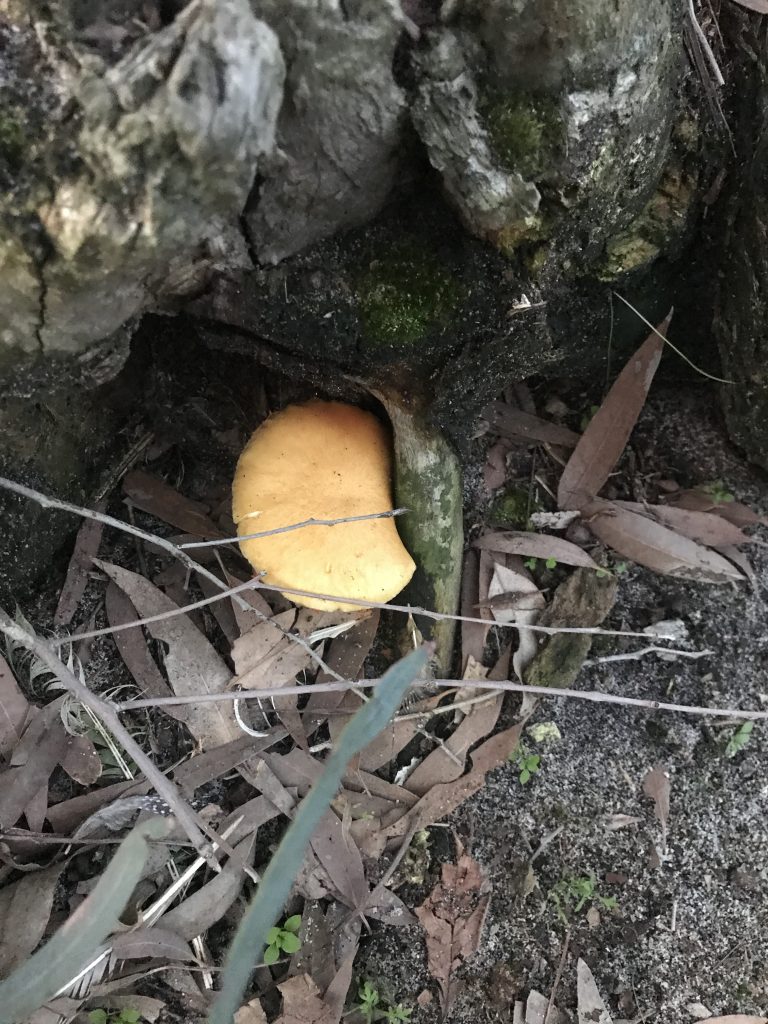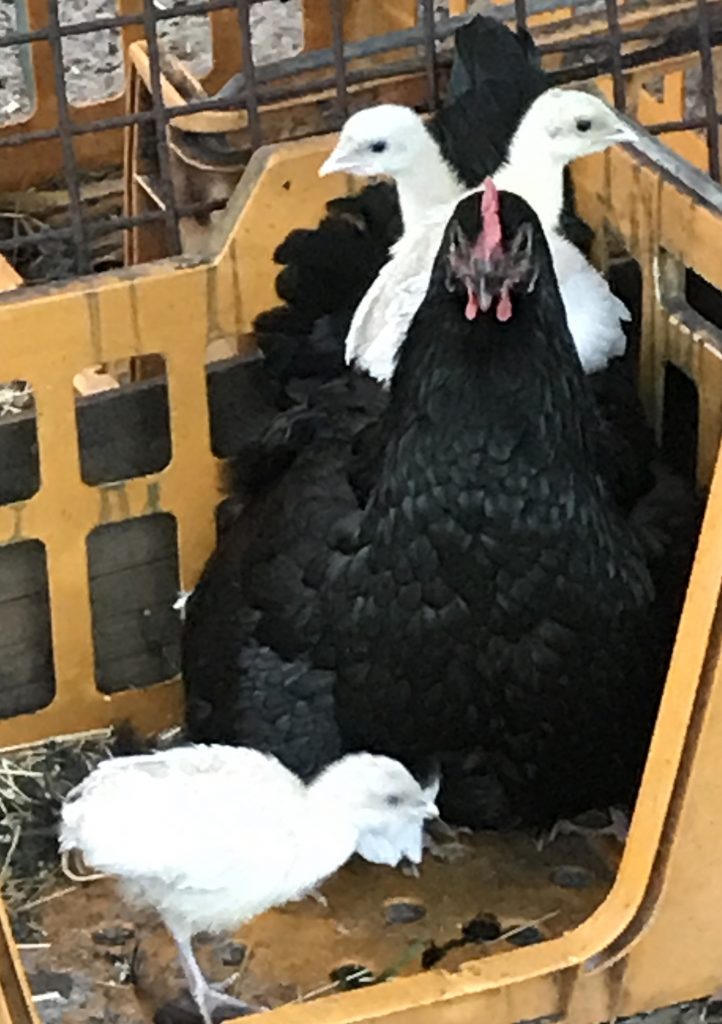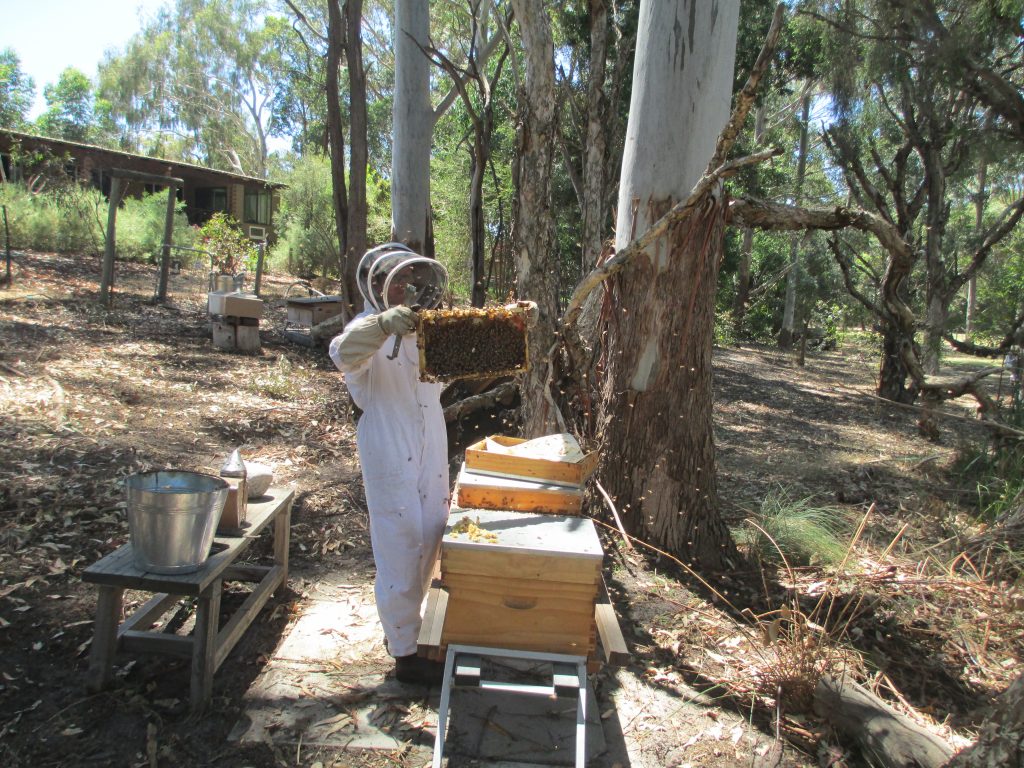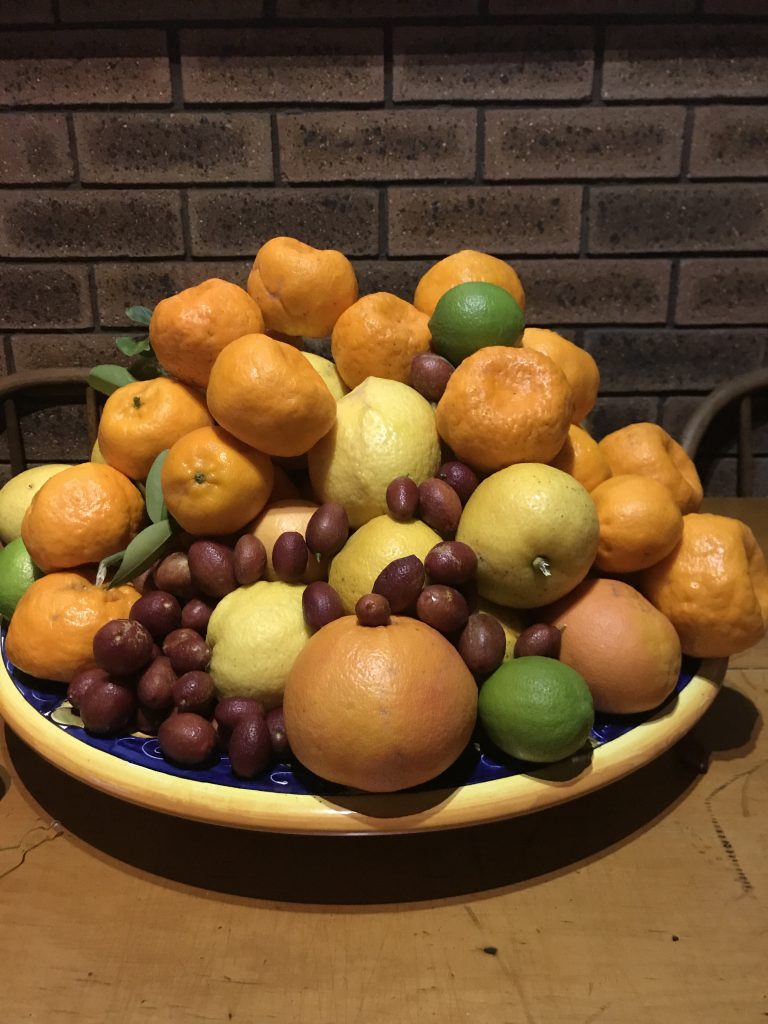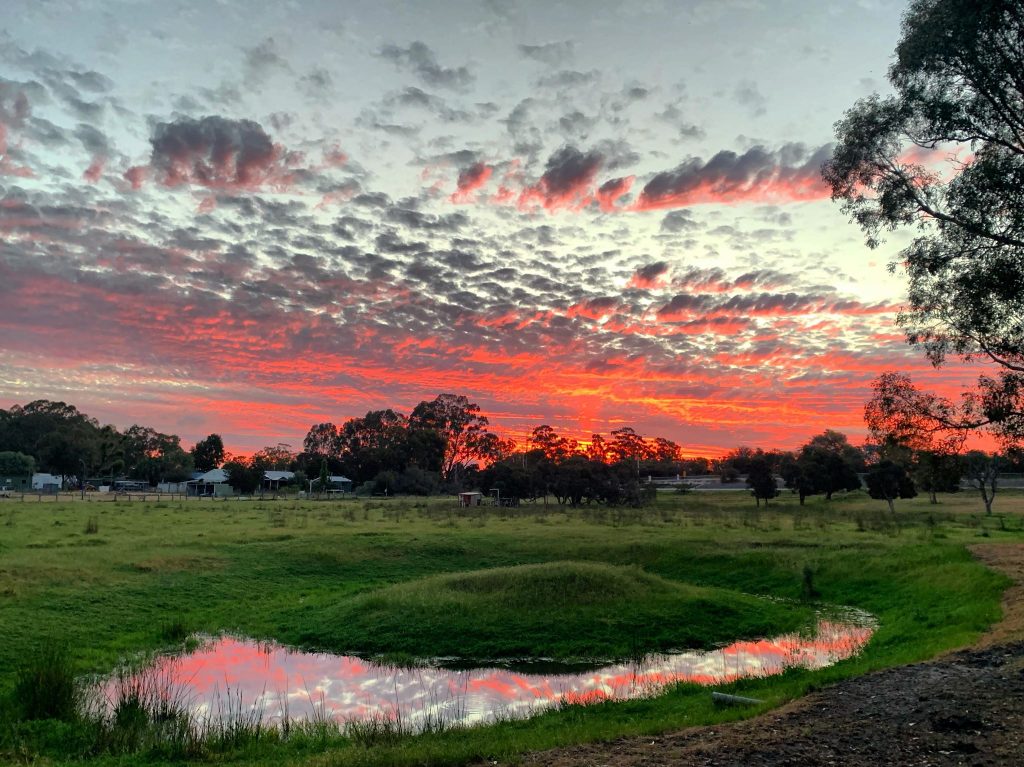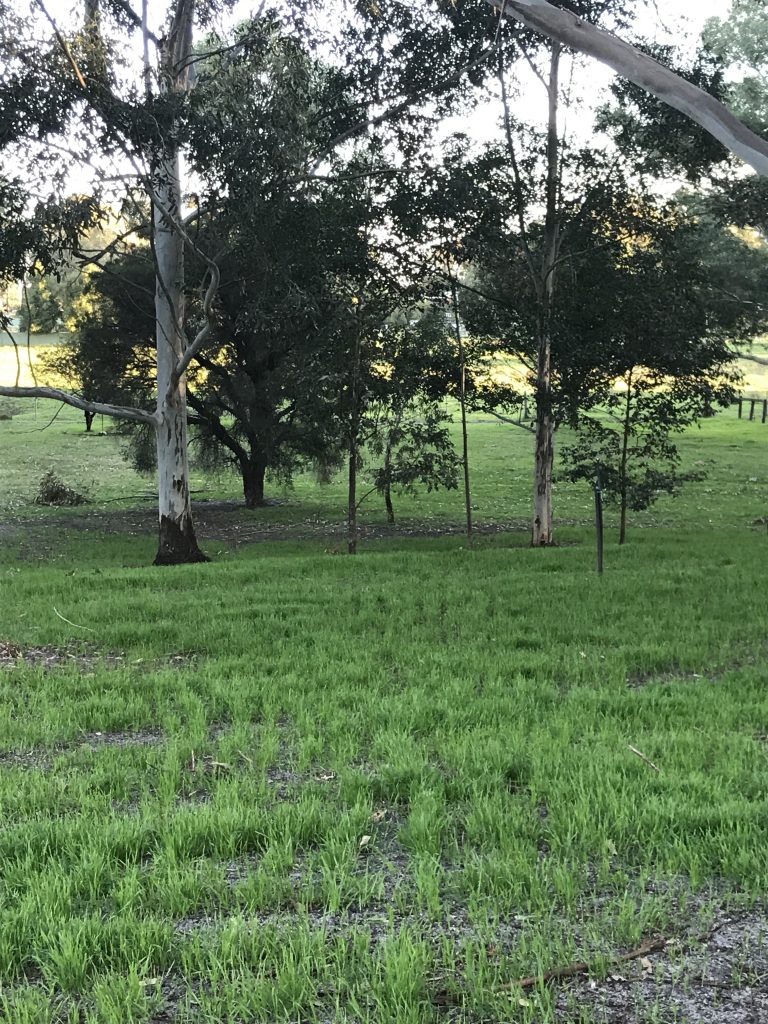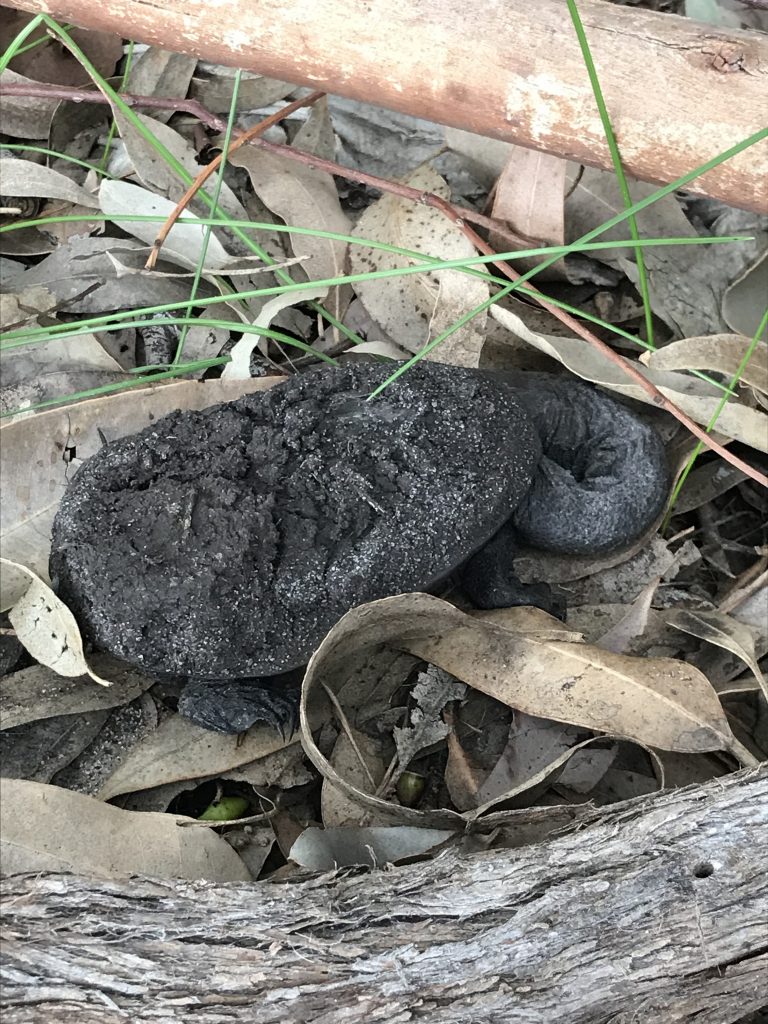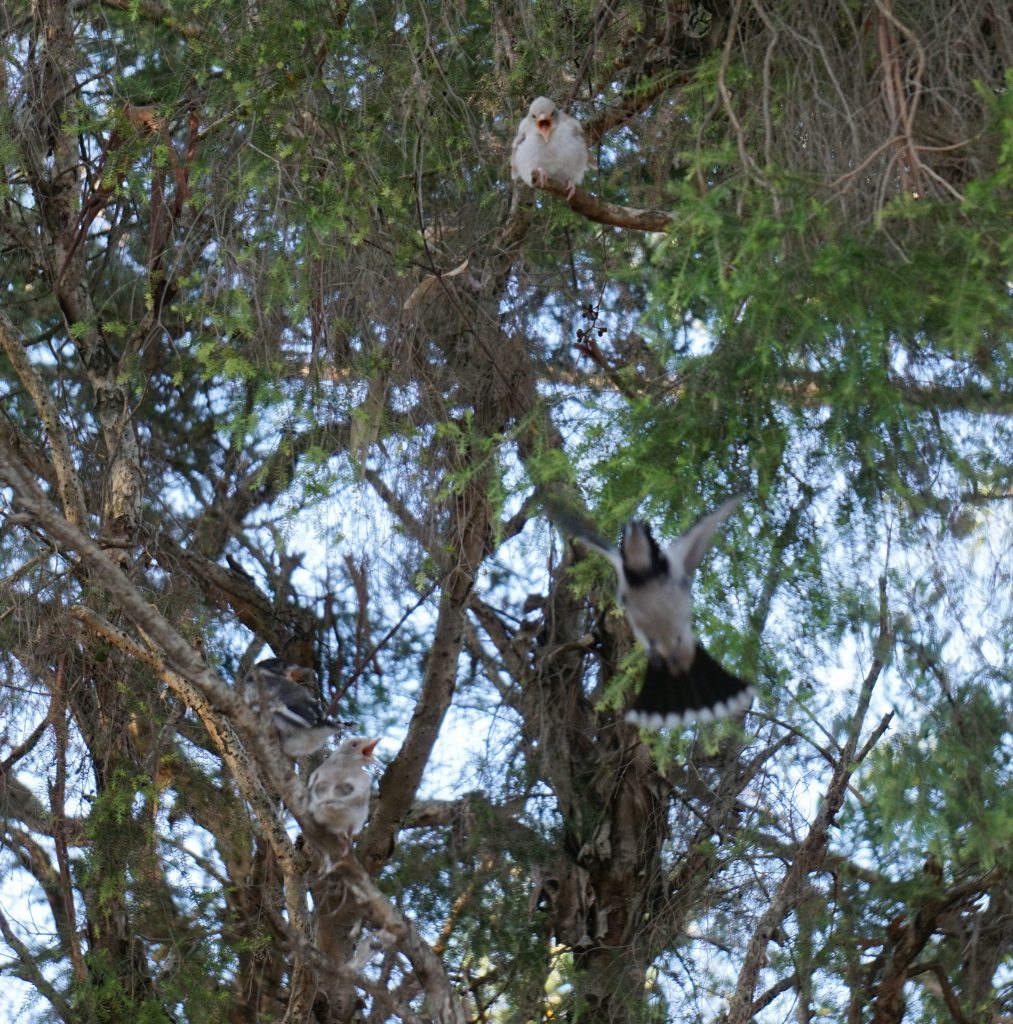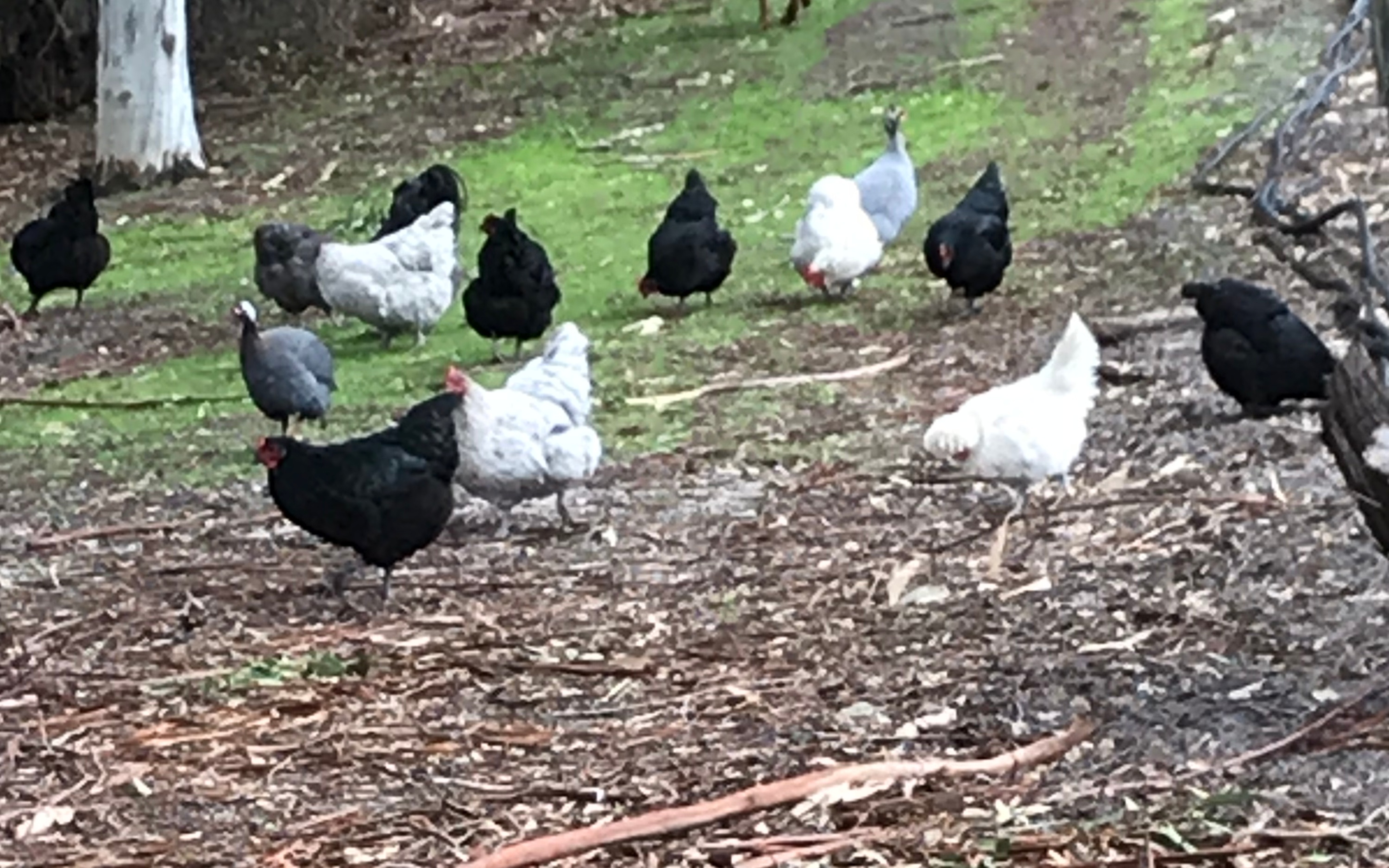We love McCarthy Park 2, but ever since we saw it we knew ‘the oval’ would have to be revegetated. Not only did we want to reduce the amount of lawn (and mowing), but we wanted to reintroduce the native plants that would have been removed to make the large driveway turnaround. Doing this will provide extra cover and food for the native animals, and be much more sustainable than lawn. It will look better too!
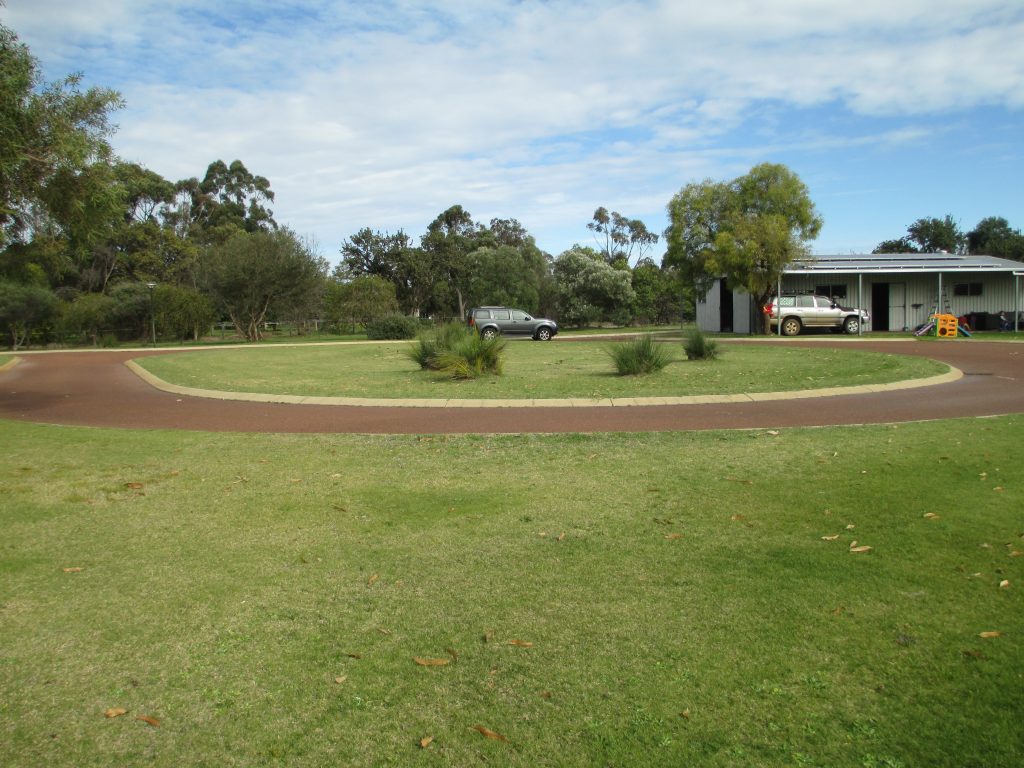
We waited until June, so the weather was cooler and with the guidance of Apace WA who specialise in community regeneration, we have begun the preparations for a July plant out. Apace helped us design the space, choose plants that were native to the area, preferably fire retardant or resistant, and a variety of sizes and textures to improve the aesthetics.
First was removal of the lawn, then delivery of loads of mulch and crushed gravel for the path.
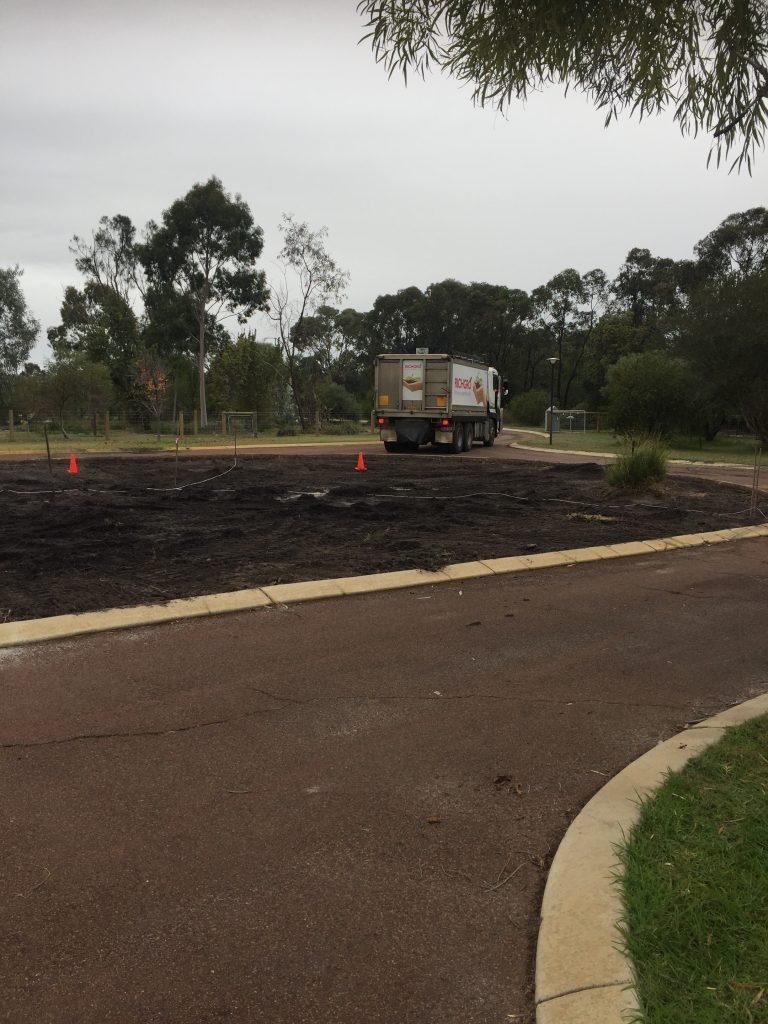
Then, several balgas (grass trees) were planted. These were purchased from and planted by Replants, a company that specialises in rescuing and on-selling grass trees from land that is being bull dozed. We were so very happy to get some lovely larger additions to go with the existing grass trees already there.
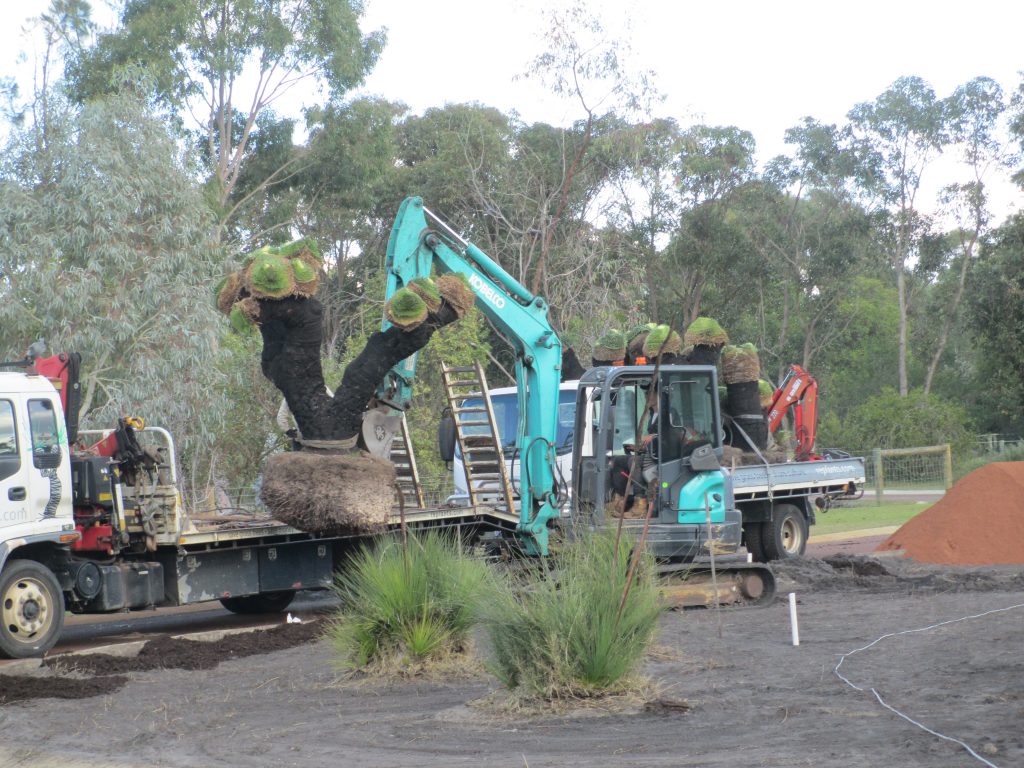
Once transplanted, all were burnt- including our existing grass trees that still showed plenty of couch within them.

Already it is looking better! But next came the pathways through ‘the oval’….
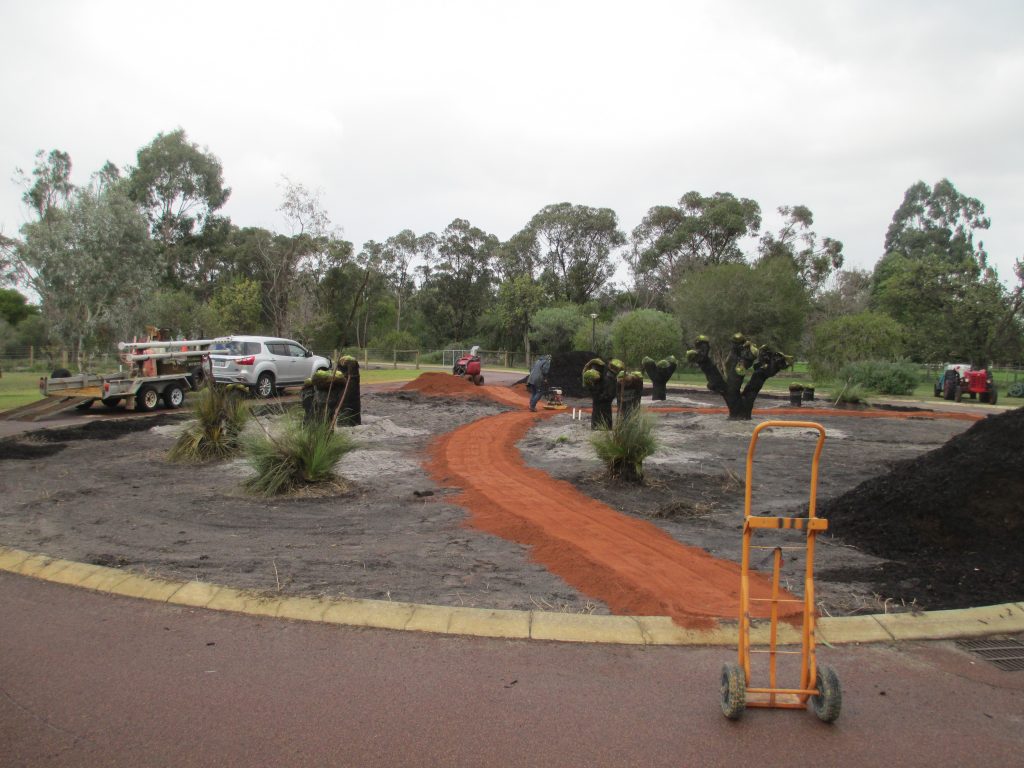
…..and then the spreading of the mulch. Now it all settles in for a while until July when the native tube stock will be planted.
